How Has Technology Changed Music In The Last Decade
GaudiLab // / Shutterstock
l ways music has changed in the concluding 50 years
Few cultural forces are more powerful than music. Over the past fifty years, music has inspired fans and made artists into rock stars. It has served every bit the soundtrack for movies and cultural revolutions. It has compelled the masses to dance, beatbox, headbang, and mosh. It has enlightened, enriched, and enraged. Music has thrilled young people, terrified parents, and triggered congressional investigations. Information technology's been used as a forcefulness for unification and it'due south been wielded every bit a weapon for social justice. Music has articulated frustrations, expressed hopes and disappointments, and informed mainstream America about the realities of communities and subcultures that they might otherwise never have experienced.
Stacker took a look at the past five decades of music to explore how it's evolved, how one generation has influenced the next, and what has changed in the relationships among fans, producers, and artists, the music they play, the way it's delivered, and how it's consumed.
Over the years, music has become far more personal. Once shackled to the choices and tastes of radio DJs they would never meet, listeners now take almost total control over what they hear and when they hear it. New technologies also have afflicted the way music is made and produced. One time held firmly in the grip of record labels that viewed artists every bit dollar-generating commodities, musicians today take straight access to fans who hang on their every discussion and note.
Music pours out of jukeboxes, pulses through earbuds, roars through walls of speakers at concerts, and drifts out of bars, restaurants, and clubs, beckoning those on the street to join the political party. The undeniable human attraction to music will never change—it has always made us trip the light fantastic, express joy, weep, and smile—but the sounds, formats, trends, genres, technologies, and instruments involved are e'er in a state of flux.
You may besides like: #1 pop song from the year you lot graduated high school
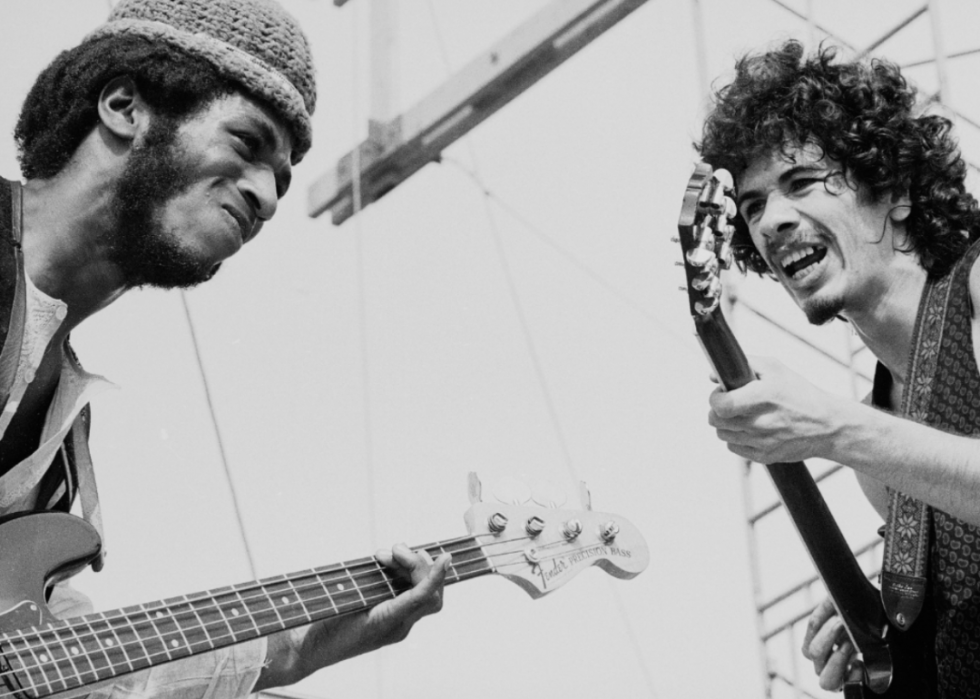
i / l
Tucker Ransom // Getty Images
Woodstock caps the 1960s
The most famous festival in the history of American music took place from Aug. 15 to 18, 1969, on a dairy farm in Bethel, New York. The event, which drew most 500,000 revelers, was the zenith of the 1960s counterculture era and the crowning achievement of the hippie movement. The biggest acts of the era paid homage to the mud-and-pot-soaked festival-goers, with performances past artists such as Janis Joplin, the Grateful Dead, Santana, The Who, Creedence Clearwater Revival, Jimi Hendrix, and Crosby, Stills, Nash & Young.
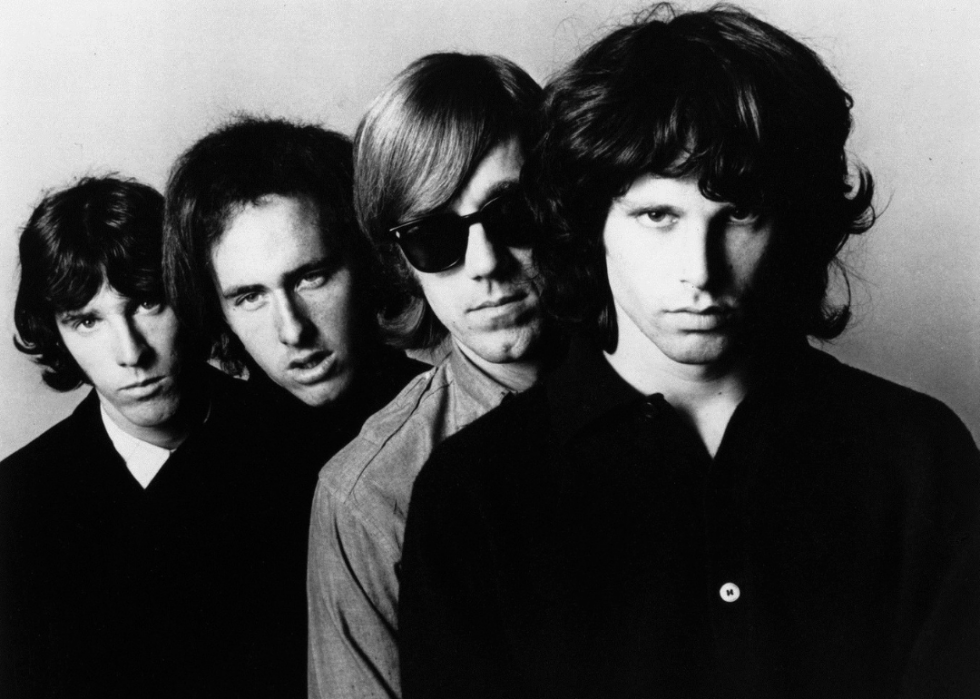
2 / 50
Joel Brodsky // Wikimedia Eatables
The '70s bring a new musical era
The twelvemonth 1970 was more than just the chronological cease to the 1960s; information technology was the end of one of the well-nigh consequential eras in the history of music. The Beatles broke up in 1970, and other defining '60s acts similar the Rolling Stones, Pinkish Floyd, and Led Zeppelin became less accessible, touring in jets and playing massive stadiums and arenas instead of clubs and theaters. Iconic '60s pioneers Jim Morrison, Janis Joplin, and Jimi Hendrix died in the '70s—all at age 27—as did the original male monarch of rock, Elvis Presley, after in the decade.
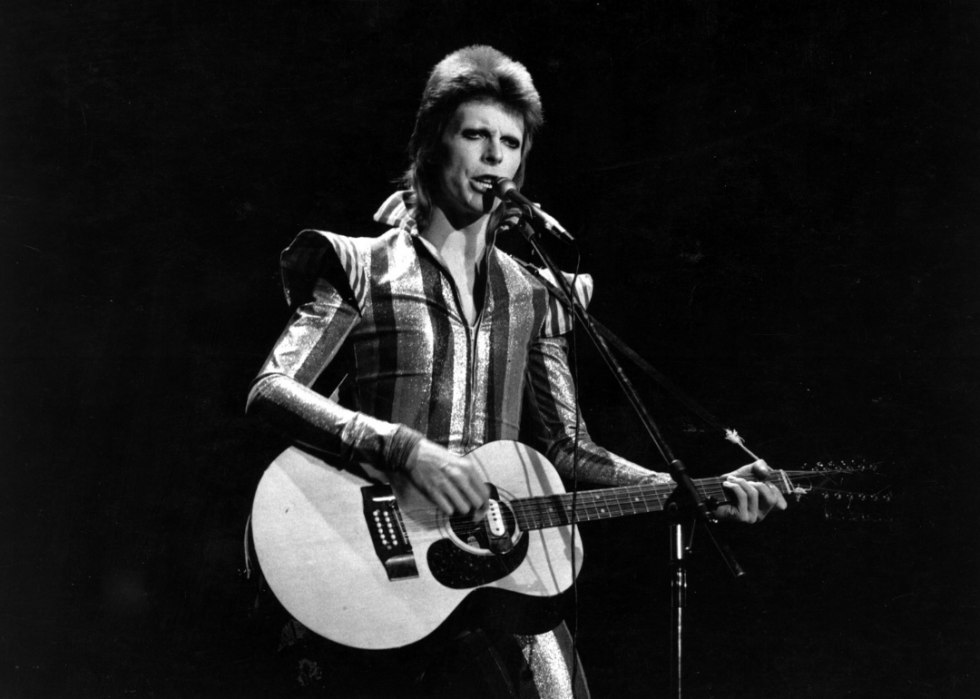
iii / 50
Glam and disco define a decade
The 1970s opened with a new genre chosen glam rock, embodied by David Bowie and divers by outrageous costumes and pageantry. Disco dominated the second one-half of the decade, with the music of performers like the Bee Gees and Gloria Gaynor emerging every bit staples on dance floors and car stereos beyond the country.
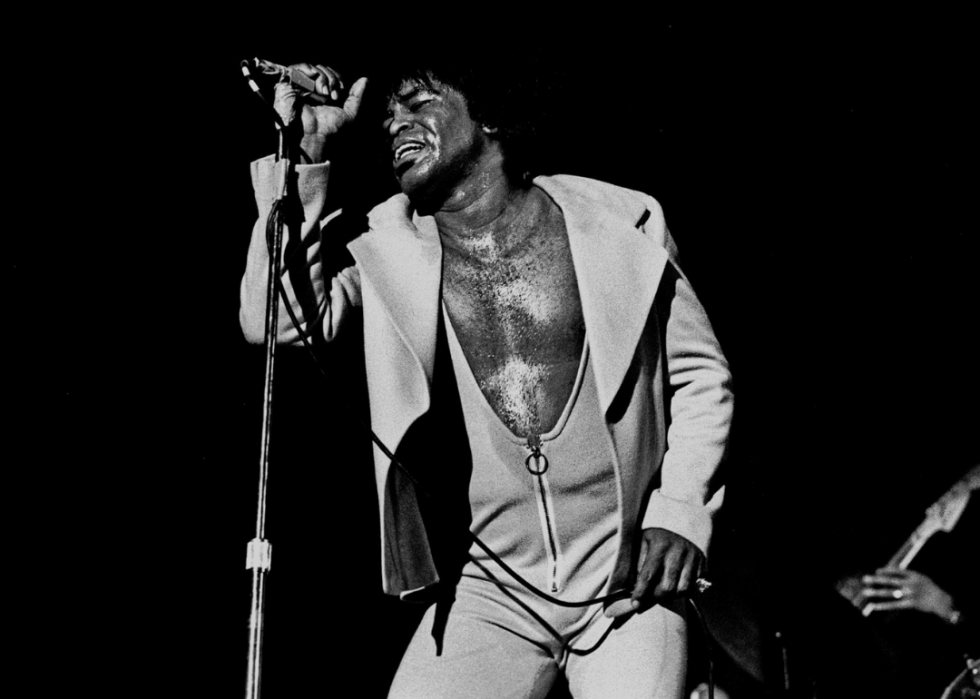
4 / 50
Heinrich Klaffs // Wikimedia Commons
New sounds emerge
Bob Marley put reggae music on the map in the 1970s, James Brown gave birth to funk, and Stevie Wonder, Isaac Hayes, and Al Light-green defined rhythm and blues, meliorate known every bit R&B. The Allman Brothers, Lynyrd Skynyrd, and the Charlie Daniels Band emerged as leaders of the southern rock genre.

5 / 50
YOSHIKAZU TSUNO/AFP // Getty Images
Anybody becomes a rock star for a night
In 1971, a cultural miracle was built-in when Japanese businessman Daisuke Inoue invented the karaoke motorcar, which translates loosely into "empty orchestra." Soon, bars, clubs, and even business retreats began offering a platform to every wannabe, pretender, and weekend warrior with the courage to test their singing chops in front end of a crowd.
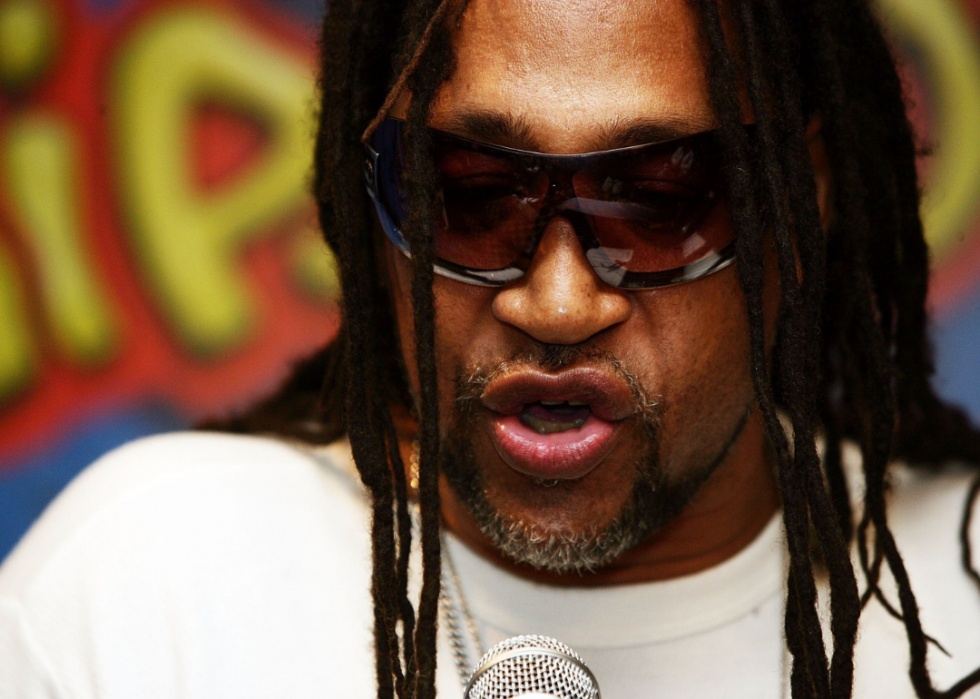
6 / l
Scott Gries // Getty Images
The Bronx boogies down
On Aug. 11, 1973, a immature New York City DJ who went by the name of Kool Herc threw a back-to-school party at 1520 Sedgwick Ave. in the Bronx. Instead of playing songs in their entirety, he experimented past playing only the instrumental breaks—the part of the song that tended to animate the crowd—giving revelers more time to dance, which is where the term "break dancing" comes from. All the while, Herc'southward partner, Coke La Rock, used the microphone to amp upward the audition. The moment is recognized as the birth of hip-hop, maybe the nearly enduring and transformative genre in American music since rock 'due north' ringlet.
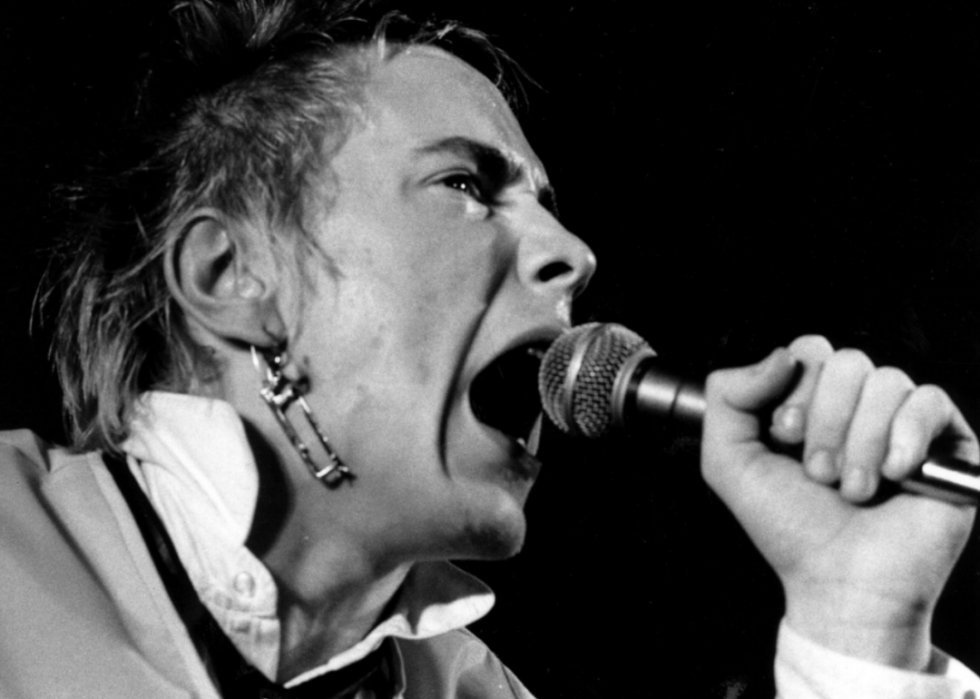
7 / 50
Graham Wood/Evening Standard // Getty Images
Punk rock shocks
The late 1970s saw the emergence of a wild and anarchic genre that exuded nonconformity and angry rebellion. Born in New York simply influenced and adopted by the secret scene in Great United kingdom, punk stone was defined by acts like Patti Smith, the Ramones, the Sex Pistols, and The Clash, and later, Black Flag and the Dead Kennedys.
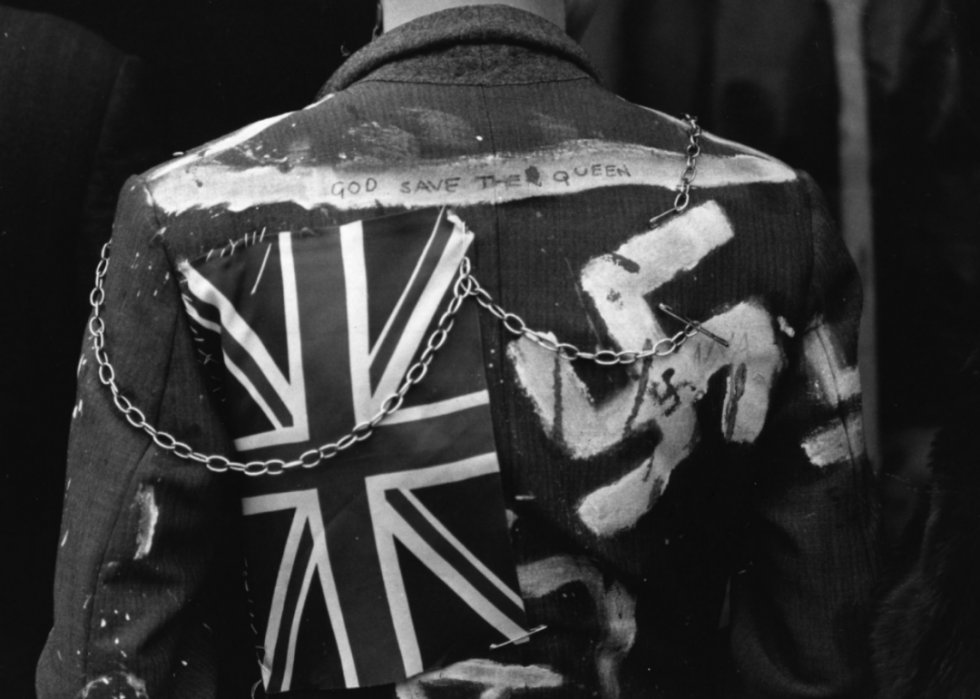
8 / 50
Chris Moorhouse // Getty Images
Detest groups leverage the power of music
Fascist symbolism had ever been a office of punk rock'south antagonistic style, and the genre was shaped past angry, disillusioned, white working-grade kids in Great Uk. Neo-Nazis and other racists had existed on the fringes of the movement from the beginning, and white supremacist groups eventually leveraged the unifying ability of music to lure and recruit disenchanted immature people while getting their messages out. Skinhead bands began producing albums and shows, which oftentimes echoed the sounds and stylings of punk rock with combat boots, mosh pits, and ambitious, screaming vocals.
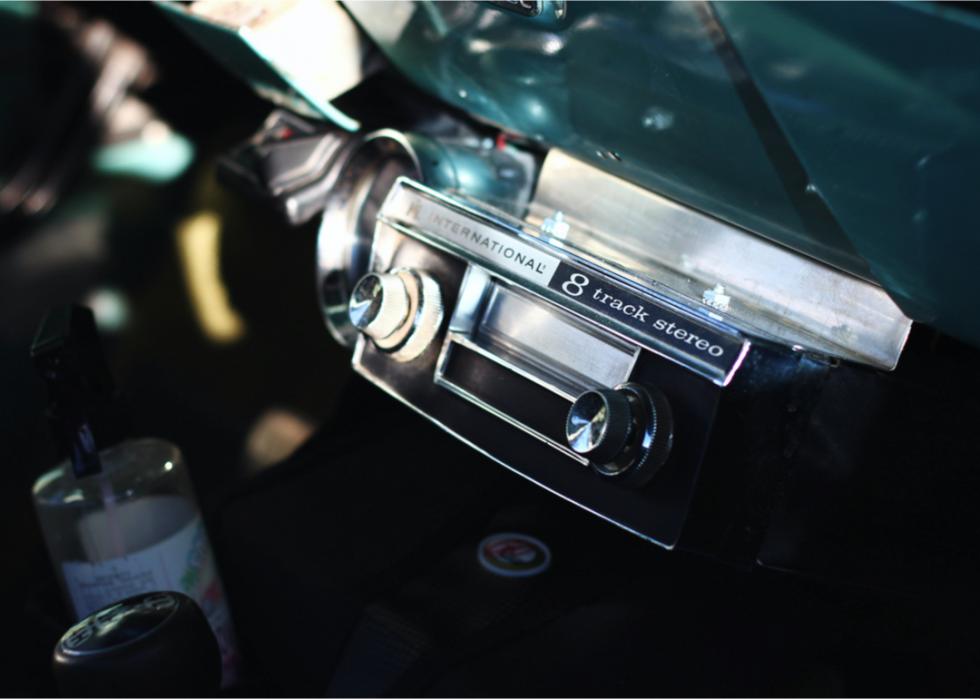
ix / 50
Logan Bush // Shutterstock
8-tracks alter car travel
The first 8-rails tape player debuted in the 1960s, simply the technology enjoyed its heyday in the 1970s. Developed by Learjet, 8-runway tapes used a continuous loop of magnetic tape to play 8 musical tracks. It was the first practical and widespread medium for playing pre-recorded and personalized music in cars without relying on a radio DJ.
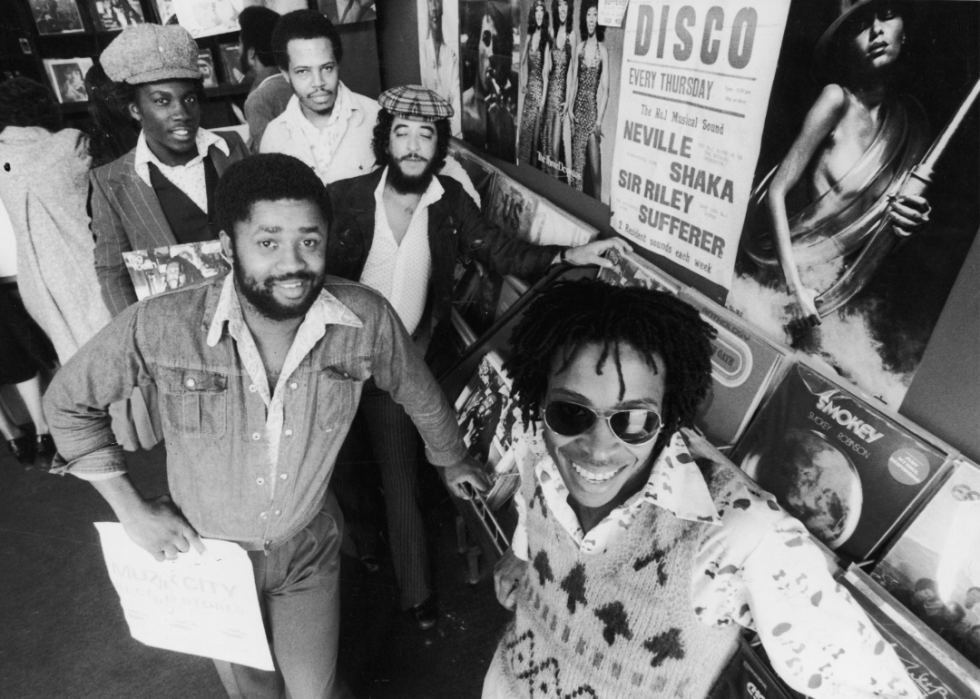
x / 50
Duncan Baxter/Hulton Archive // Getty Images
The tape shop becomes a cultural hub
Vinyl records had been around for decades, simply they were never cheaper and more readily accessible than they were in the 1970s, when high-quality, stereo record players became nearly as mutual as televisions. Cassette tapes were bachelor, but had not all the same entered the mainstream, and eight-tracks were confined mostly to cars. It was the gilt age of vinyl, and the neighborhood record shop became an epicenter of music, culture, art, and ideas.
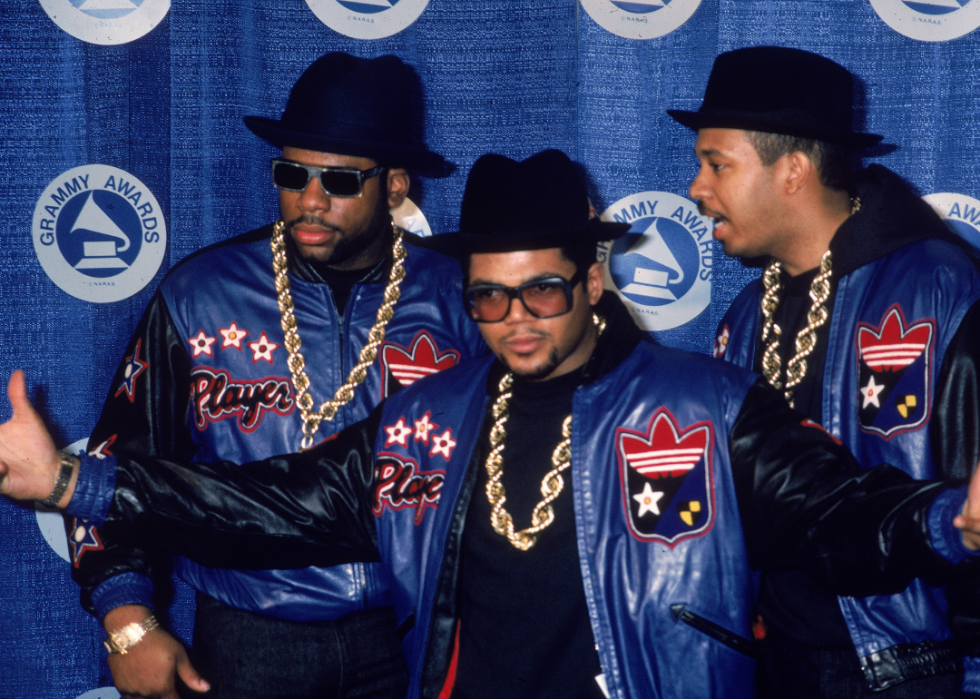
11 / 50
Hulton Archive // Getty Images
Rap storms America
In the 1980s, hip-hop exploded out of the inner metropolis and fabricated its way into the mainstream, every bit acts like Run DMC, the Beastie Boys, and Public Enemy brought the sound to the masses. Later in the decade, what had started equally party music would adopt a much sharper edge every bit rap became synonymous with vulgar and graphic depictions of urban dysfunction. Only similar punk rock had washed a decade before, gangsta rap—originally made famous and infamous by Northward.Westward.A.—challenged America's institutions, thrilled young people, and terrified law enforcement and mainstream parents.
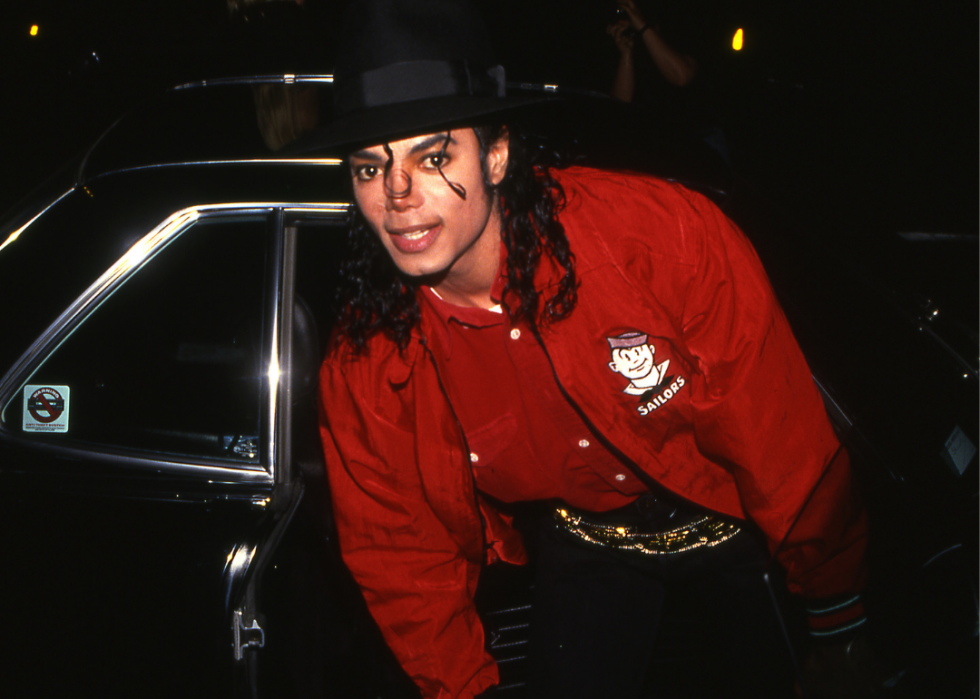
12 / 50
Vickie L. Miller // Shutterstock
A new king takes the throne
Effectually the time Elvis Presley died in the late 1970s, Michael Jackson—the boy leader of the Jackson v—was establishing himself as a marketable solo performer. The human being who would exist crowned the "King of Pop" spent the 1980s breaking sales records and redefining both pop music and pop civilization with dances like the moonwalk, videos like "Thriller," and albums like "Bad." By the eye of the decade, Jackson was arguably the most famous person in the world.
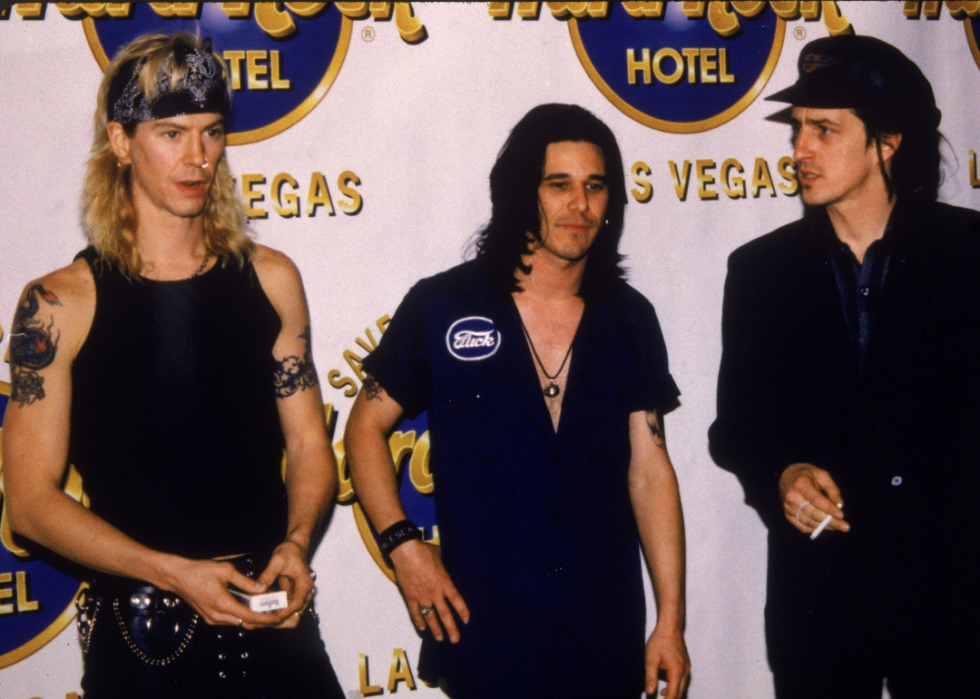
thirteen / fifty
Scott Harrison // Getty Images
70s stylings are reimagined
John Lennon was shot and killed in 1980, signaling the end of an era in music and civilisation. But much of the previous decade lived on. Glam metal bands similar Guns Northward' Roses, Poisonous substance, and Mötley Crüe—who donned grandiose costumes, makeup, and hair that borrowed heavily from David Bowie's glam rock motility—filled stadiums with their power ballads.
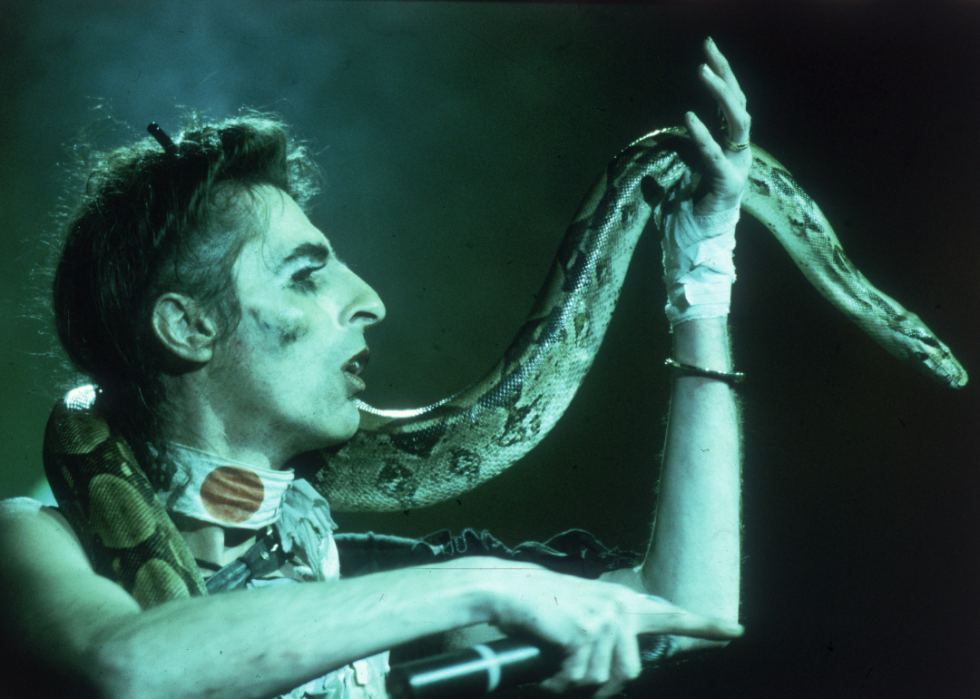
fourteen / 50
Metal emerges
Edifice on what acts like Blackness Sabbath, Alice Cooper, Judas Priest, and AC/DC had started in the 1970s, heavy metal hitting its stride in the 1980s as acts similar Metallica, Twisted Sister, Anthrax, and Pantera introduced the world to headbanging and gave phonation to bored and disaffected suburban kids. Blackness dress, heavy electrical guitar riffs, and morose lyrics divers the genre, which carried on music's long tradition of rattling Heart America and challenging mainstream gild.
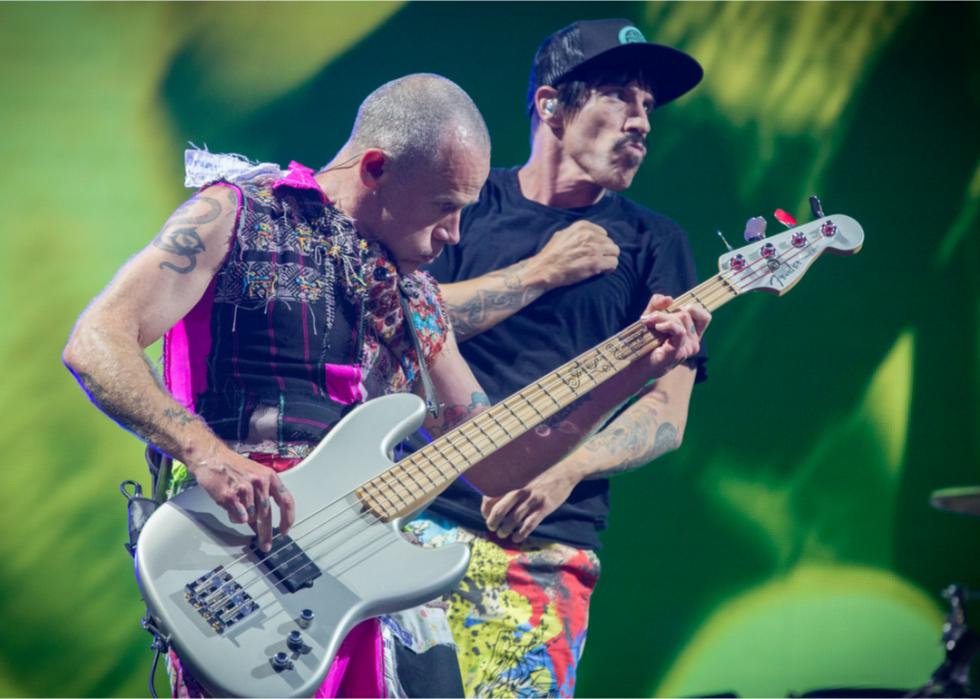
15 / l
Sterling Munksgard // Shutterstock
A new mainstream forms...along with an alternative
While pop acts like Debbie Gibson, Bryan Adams, Tiffany, Phil Collins, and The Police force dominated the radio, so-chosen alternative acts like the Red Hot Chili Peppers and R.E.One thousand. established themselves as anti-pop heroes that would brandish remarkable staying ability. Genre-busting acts like U2 fix new confined, and new-wave talent like Duran Duran, Depeche Mode, and the Eurythmics did their own part to reinvent 1970s glam.
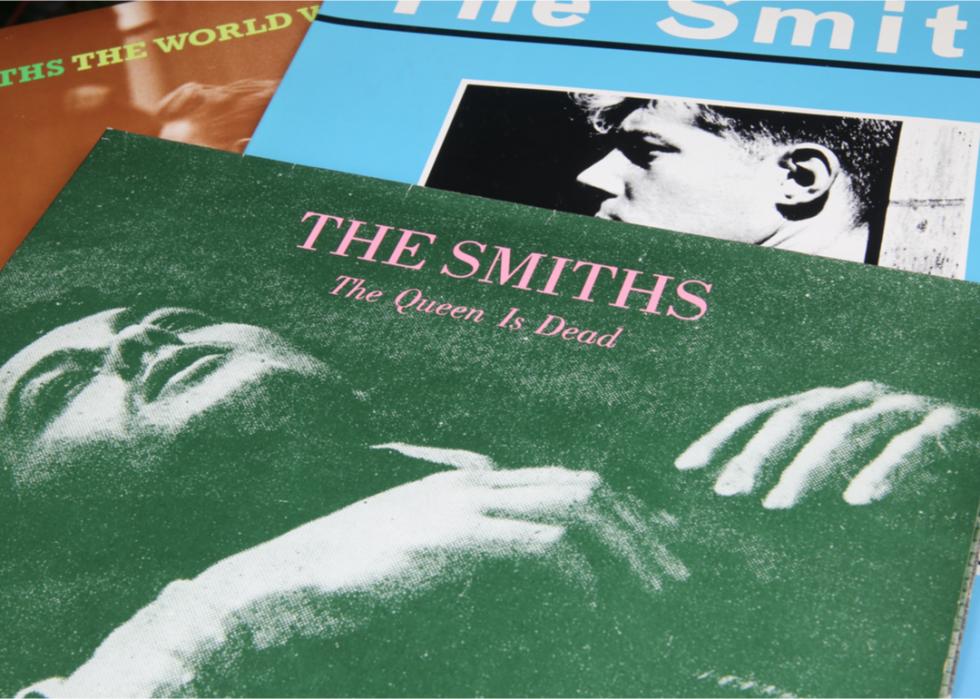
16 / 50
Ralf Liebhold // Shutterstock
Musicians flock to indie labels
When Morrissey and Johnny Marr formed The Smiths in 1982, they decided that their band would sign with an independent, or indie, label instead of a major record company, the likes of which had ruled the music industry for generations. After coming to prominence in the 1970s following decades of experimentation, indie labels like Mill, Mute, and Crude Trade—the latter of which somewhen signed The Smiths—were small companies that did not have the funding or backing of the majors. They gave emerging artists a platform to launch their careers and focused their business models on creative freedom and mutually beneficial artist-label relationships.
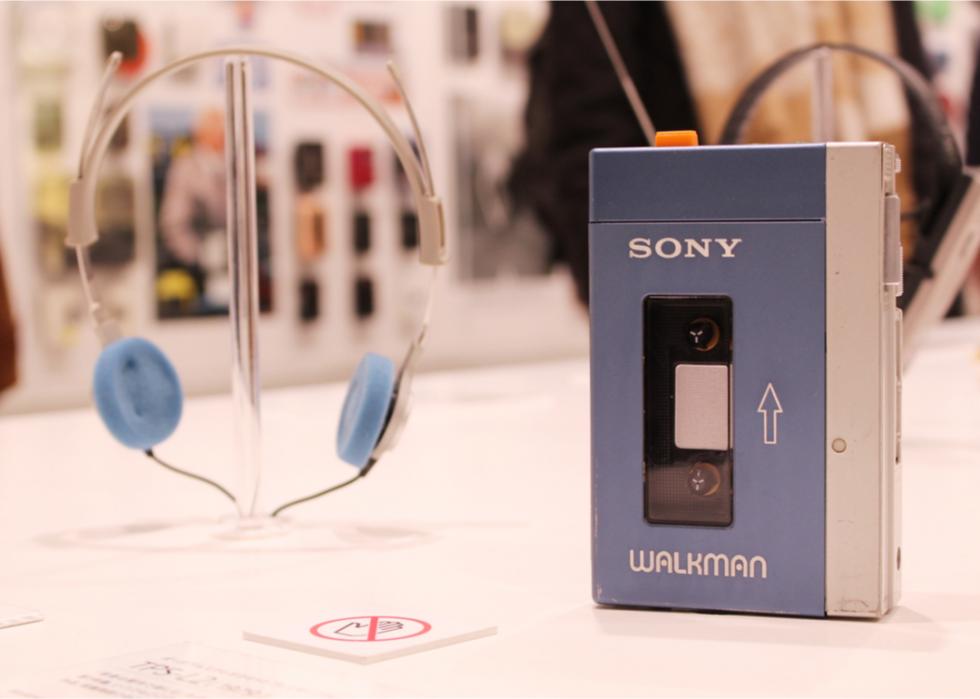
17 / fifty
Ned Snowman // Shutterstock
The Walkman makes music mobile
First released in 1979, the Sony Walkman changed our listening habits maybe more than than any other single piece of engineering science in the by 40 years. As portable every bit a transistor radio simply offering the privacy of headphones, the Walkman ushered in the era of personal, mobile music. Past the time the Walkman line was discontinued in 2010, Sony had sold 400 one thousand thousand units.
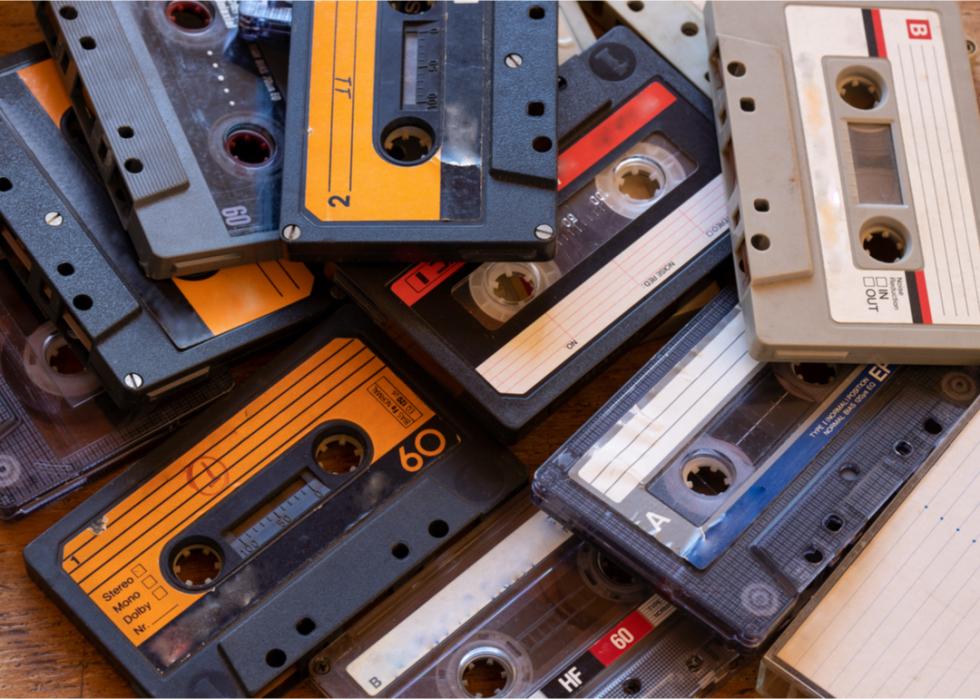
18 / 50
Bicography.jpg // Shutterstock
Cassette tapes dominion the day
Although the technology was first developed in the mid-1960s, cassette tapes rose to prominence in the 1980s and went on to define the decade's music. Tapes were popped into Walkmans, car stereos, and nail boxes, used to record songs from the radio and even to dub tapes from vinyl records. The venerable mix tape that became the trademark of the era'south portable music fabricated long car rides more tolerable.
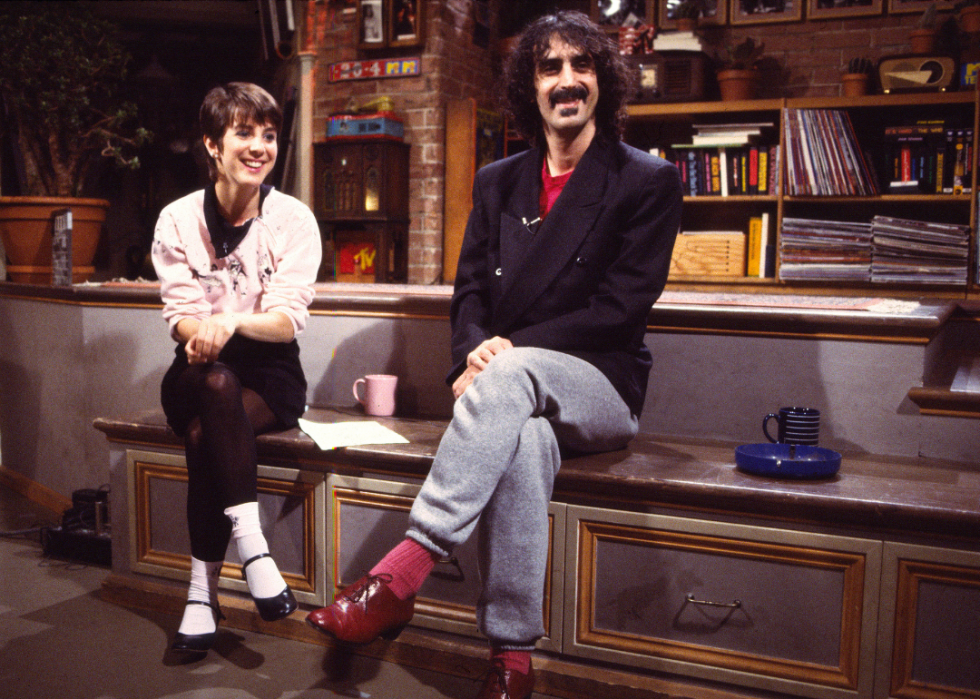
19 / l
Gary Gershoff // Getty Images
I want my MTV
On Aug. 1, 1981, "Video Killed the Radio Star" by the Buggles fittingly became the first music video ever to air on a new network called MTV. The network changed the mode music was consumed and became the phonation of a generation. MTV launched acts like Michael Jackson, Madonna, and Guns Northward' Roses into global superstardom before moving away from music videos in the 1990s. Video jockeys, or VJs, became household names.
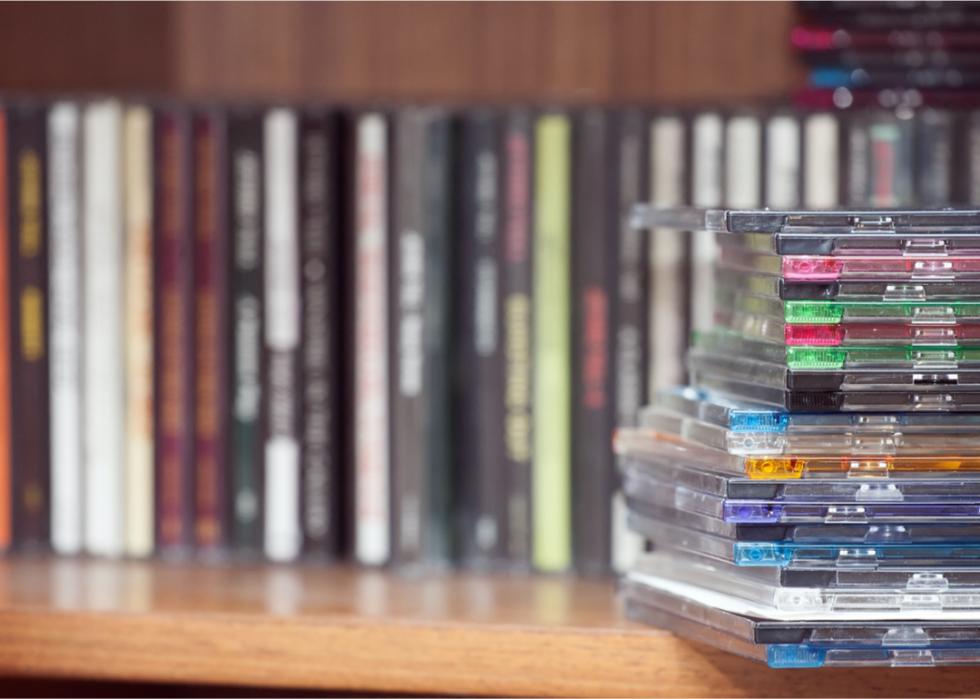
20 / 50
Columbia Firm brings the tape store to you
When Columbia House filed for bankruptcy in 2015, The Verge called the mail-order subscription service "the Spotify of the '80s." Columbia House was famous for its hard-to-resist "incredible deals," which delivered a large selection of albums, chosen past the subscriber, for a penny or other nominal fee. Every bit a tradeoff, the subscriber agreed to purchase a predetermined number of albums at total toll over the course of a year. Many music collections were congenital this manner, and Columbia Business firm peaked at $1.four billion in revenues in 1996.

21 / 50
Monkey Business organization Images // Shutterstock
Music festivals enjoy a revival
In the annals of music festivals, in that location is Woodstock and there's everything else. The concept of the alive festival was born in Upstate New York in 1969, but it would endure throughout the decades. The South by Southwest (SXSW) festival in Austin debuted in 1987, the traveling Lollapalooza festival was first planned in 1991, and Coachella emerged in 1999.
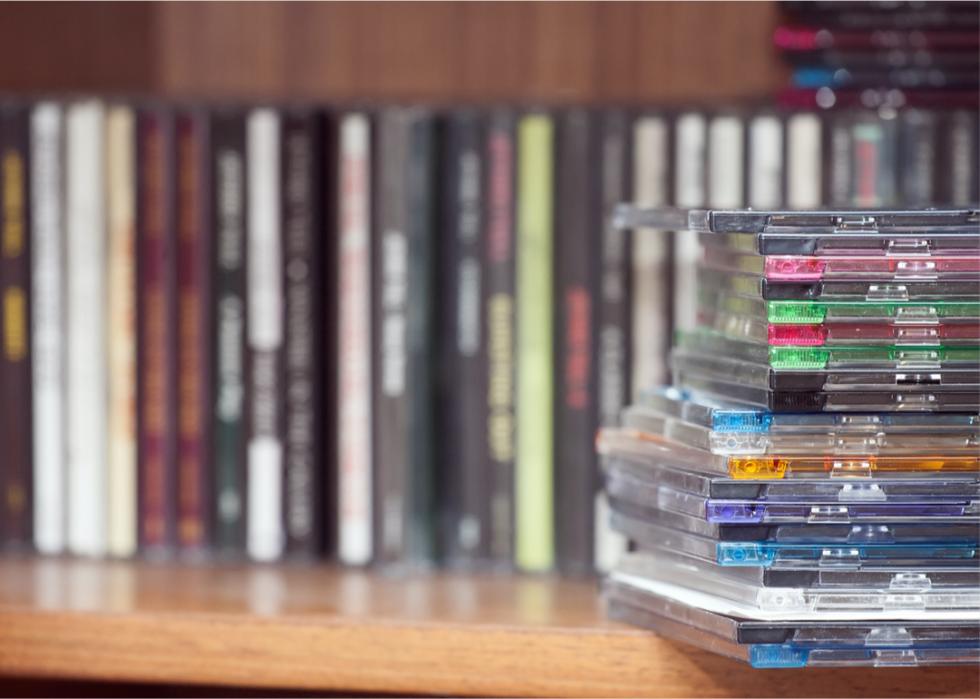
22 / fifty
Telekhovskyi // Shutterstock
Compact discs send tapes packing
The first meaty disc was released in 1982, and over the next 20 years, 200 billion CDs were sold beyond the world. The technology did not use magnetic tape, but digital optical recording to embed playable tracks on polycarbonate plastic discs. The result was superior stereo sound on a calorie-free, thin, durable medium that would signal the death knell for cassettes—in the 1990s, the CD collection largely replaced the tape drove.
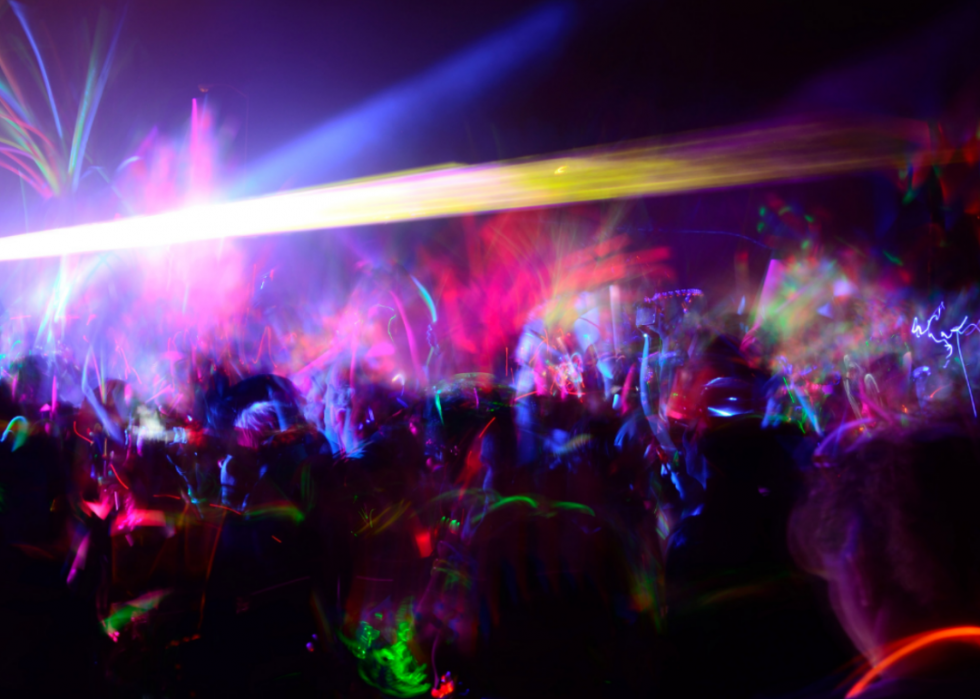
23 / 50
Techno popularizes music without instruments
Before the Berlin Wall came tumbling down in 1989, an industrial, electronic, and futuristic new trip the light fantastic toe music called techno had risen to prominence in Europe and East and West Deutschland. By the 1990s, the movement had made it to the U.s.a., where raves—impromptu dance parties often staged in empty warehouses or industrial buildings—began luring legions of young people entranced past the beats of techno. Reminiscent of the previous generation's discotheques, these urban trip the light fantastic parties were all-night affairs awash in mind-altering substances, most notably ecstasy and other so-called designer drugs.
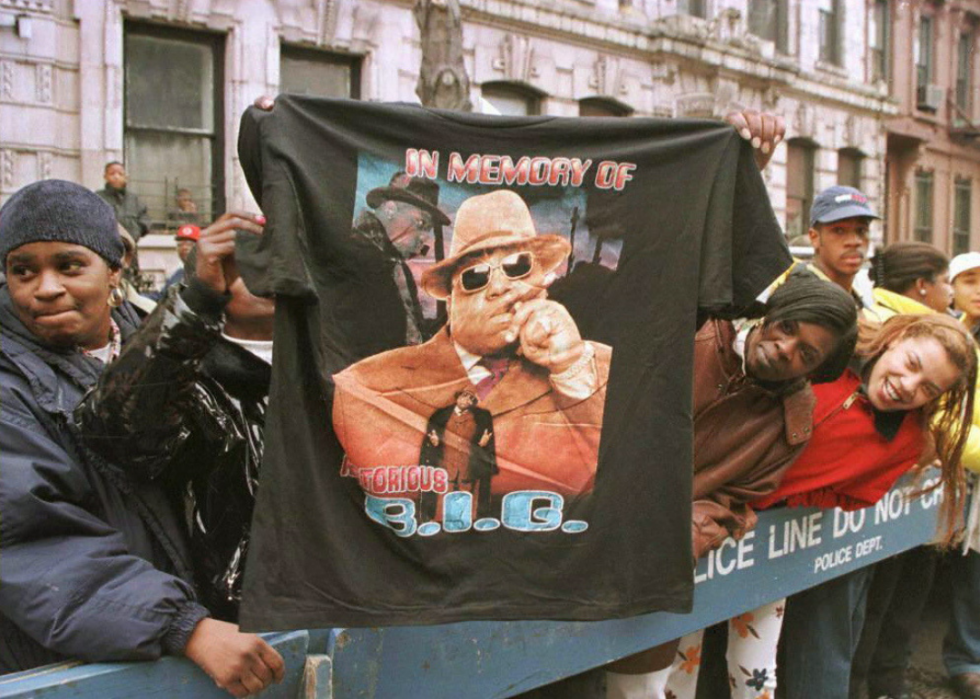
24 / 50
Rap rivalries plough deadly
Past the 1990s, the line betwixt reality and functioning in the earth of gangsta rap had been hopelessly blurred as gang members with criminal pasts became some of the biggest acts in rap. Felons with long rap sheets, most notably Marion "Suge" Knight, had risen to the executive level of the tape manufacture, ofttimes through extortion, intimidation, and brute force. A long-simmering rivalry betwixt the hip-hop hubs of New York City and Southern California culminated in the however-unsolved murders of Tupac Shakur and Christopher "Biggie Smalls" Wallace.
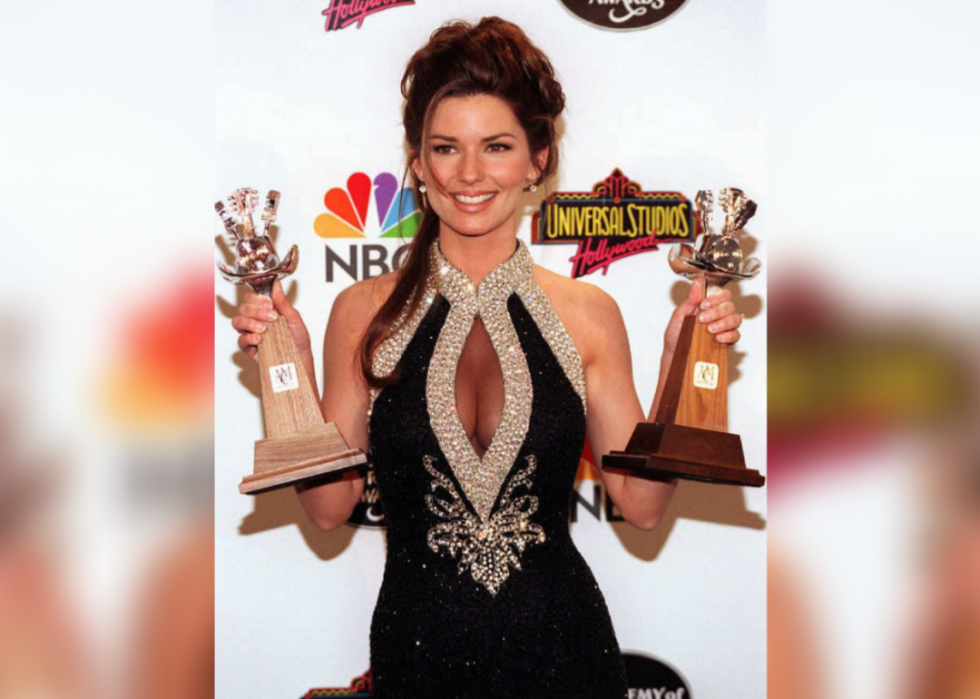
25 / 50
Vince Bucci / AFP // Getty Images
State crosses over
State music has spawned some of the biggest acts in music history, including Dolly Parton, Kenny Rogers, and Johnny Cash, whose influence and sales could rival most artists always to hit the stage. The genre'southward artists and fan base, nevertheless, were traditionally regional, rural, and white. That all inverse in the 1990s when crossover acts like Garth Brooks, Billy Ray Cyrus, Faith Hill, and Shania Twain brought country twang to mainstream radio stations and into homes across America.
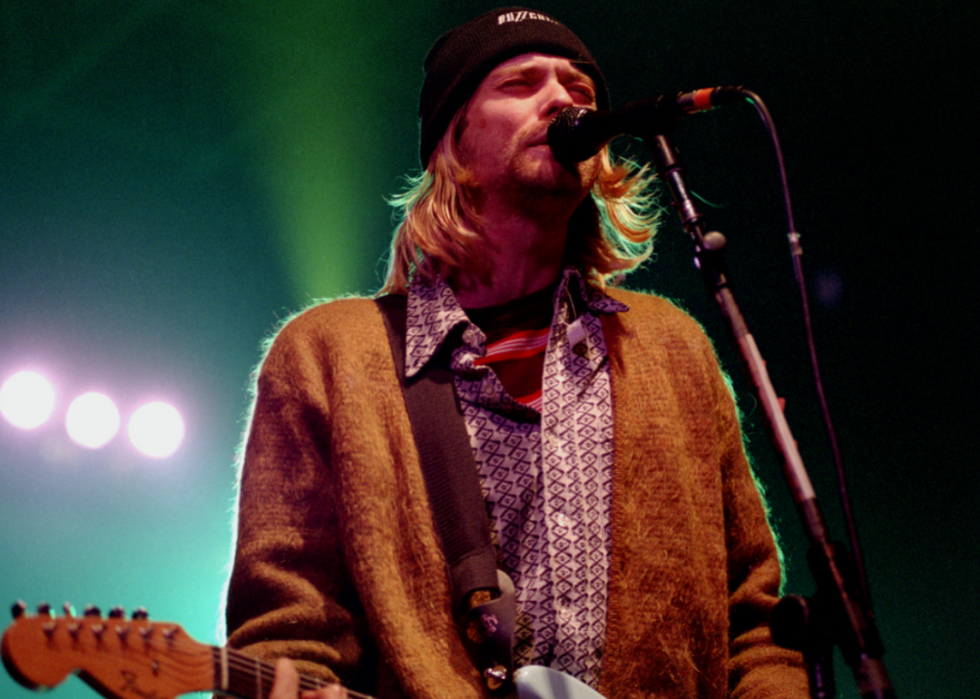
26 / 50
Fabio Diena // Shutterstock
Grunge puts Seattle on the map
Stone in the 1990s was defined by the shaggy hair and flannel shirts that were the standard uniform of the grunge motion, which evolved in, and emerged from, Seattle. Soundgarden, Pearl Jam, and Nirvana were the standard-bearers of the motion. At the same fourth dimension, jam bands like Blues Traveler, Phish, and the Dave Matthews Band developed styles that paid homage to the Grateful Dead, a pioneering 1960s psychedelic grouping whose long, strange trip ended with the death of Jerry Garcia in 1995, though bandmates continue touring under alternative names to this mean solar day.
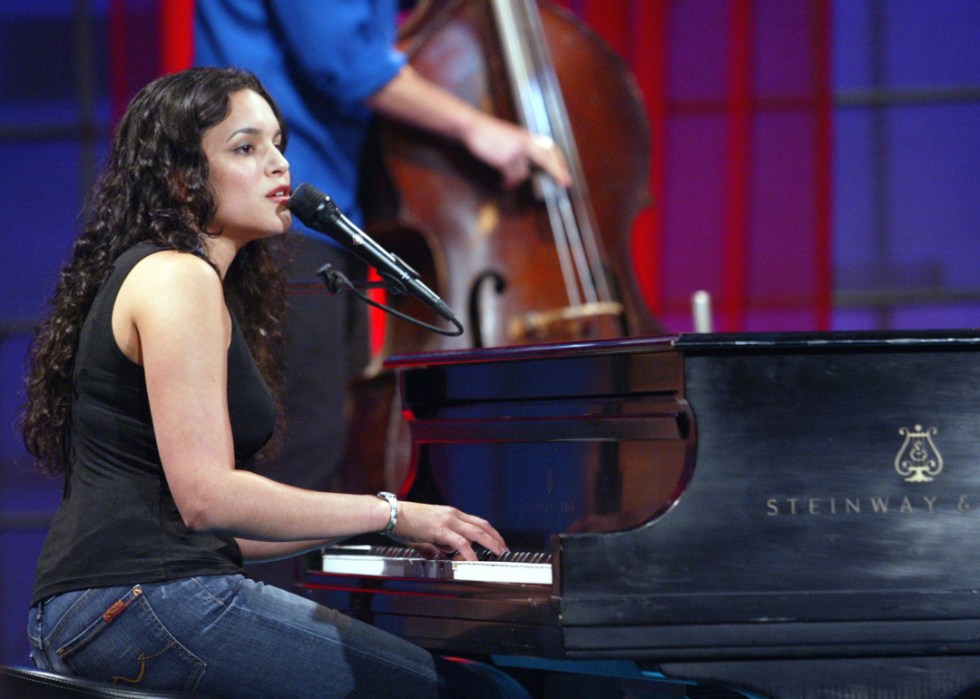
27 / fifty
TIMOTHY A. CLARY/AFP // Getty Images
Vocalist-songwriter women accept center phase
Global superstar songstresses with booming voices like Mariah Carey and Whitney Houston enjoyed massive success in the 1990s, but the decade also saw the ascension of a new crop of supremely talented, independent, and often controversial women. The 1990s gave the world Liz Phair, Norah Jones, Aaliyah, Sarah McLachlan, Sheryl Crow, Tori Amos, Precious stone, Natalie Merchant, and Alanis Morissette. Acts like Avril Lavigne and Alicia Keys would continue the tradition in the early 2000s.
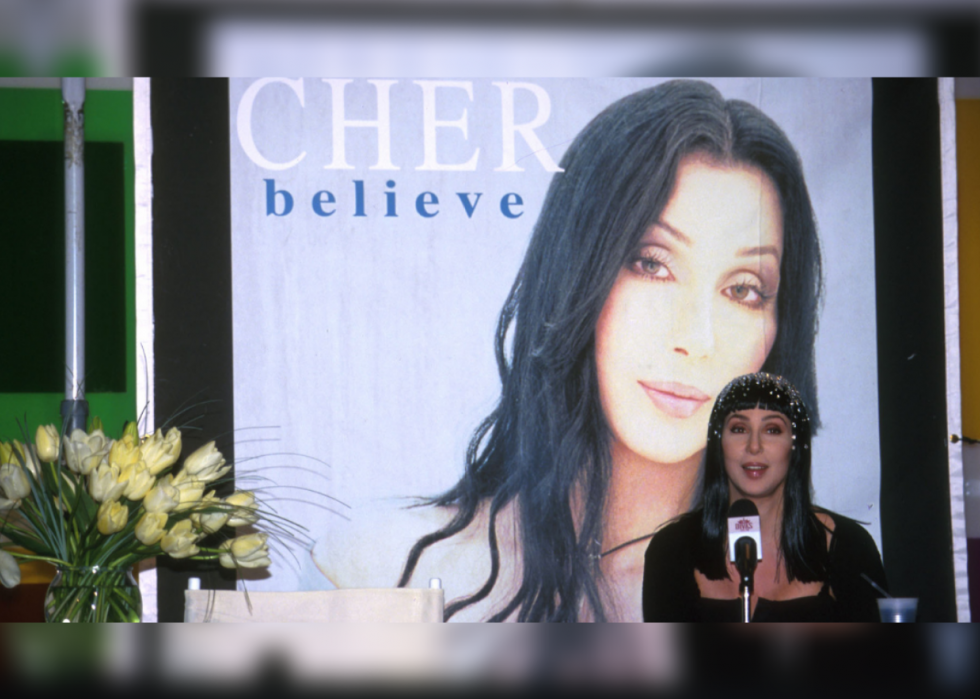
28 / 50
Kevin Winter // Getty Images
Machine-Tune introduces mechanical pop
Released in 1998, Cher's "Believe" topped the charts in 23 countries. Exactly 36 seconds into the blast single, the world first heard what would get i of the fundamental innovations of the past xx years: a new pitch-correction technology called Motorcar-Tune. Although it had existed for about a twelvemonth earlier "Believe" was released, Cher launched the robotic-sounding voice enhancer into the public consciousness.
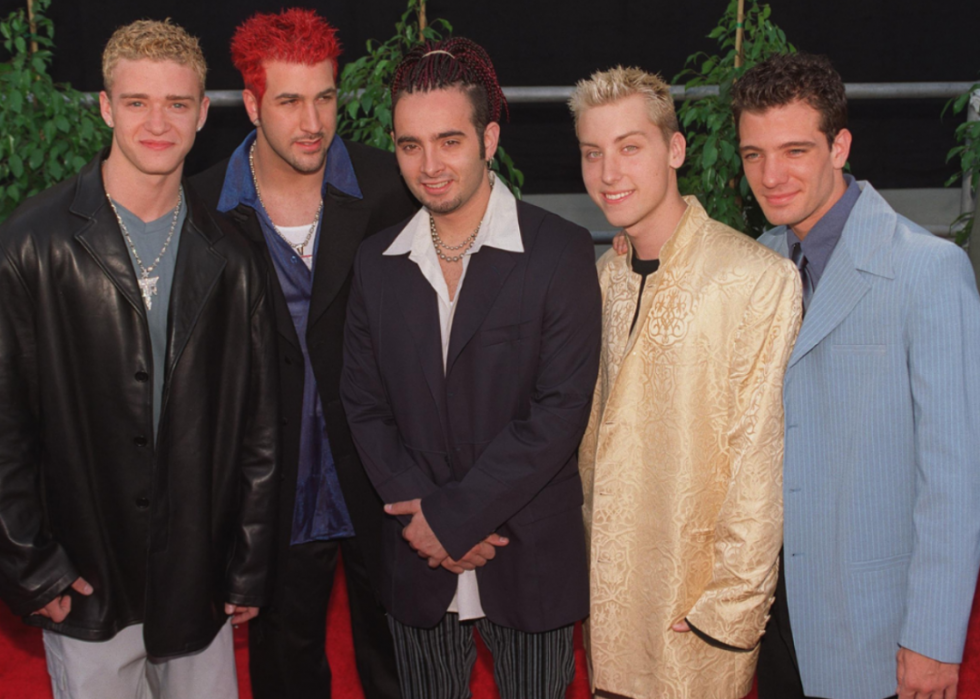
29 / 50
DAN CALLISTER / HULTON Archive // Getty Images
Bubble-glue pop returns
By the end of the 1990s, the pop market was cornered by acts like Britney Spears, Christina Aguilera, NSYNC, the Backstreet Boys, 98 Degrees, Ricky Martin, and the Spice Girls dominating the FM dial. In response, anti-popular sentiment emerged with acts like Eminem, who used his own music to relentlessly mock and attack whatever artists he deemed manufactured or contrived.
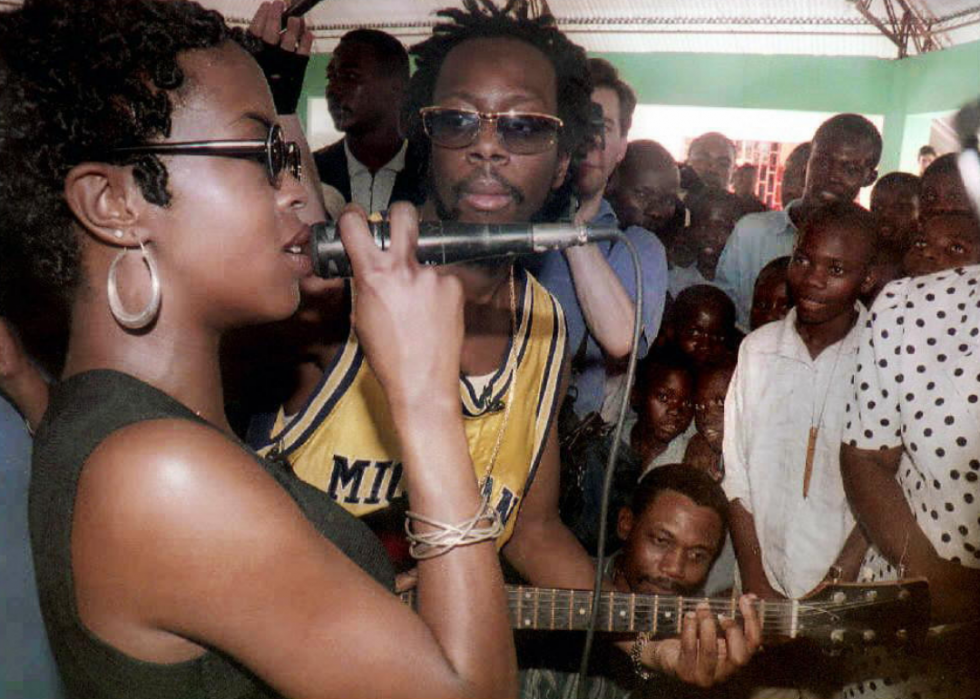
30 / l
THONY BELIZAIRE / AFP // Getty Images
R&B fuses with hip-hop
A new sound bubbled up in the 1990s as some of the most talented artists in the earth developed a alloy of hip-hop and R&B. The Fugees—whose members Lauryn Colina and Wyclef Jean later became solo acts—besides as Destiny'due south Child, TLC, and Toni Braxton emerged every bit leaders of the subgenre.
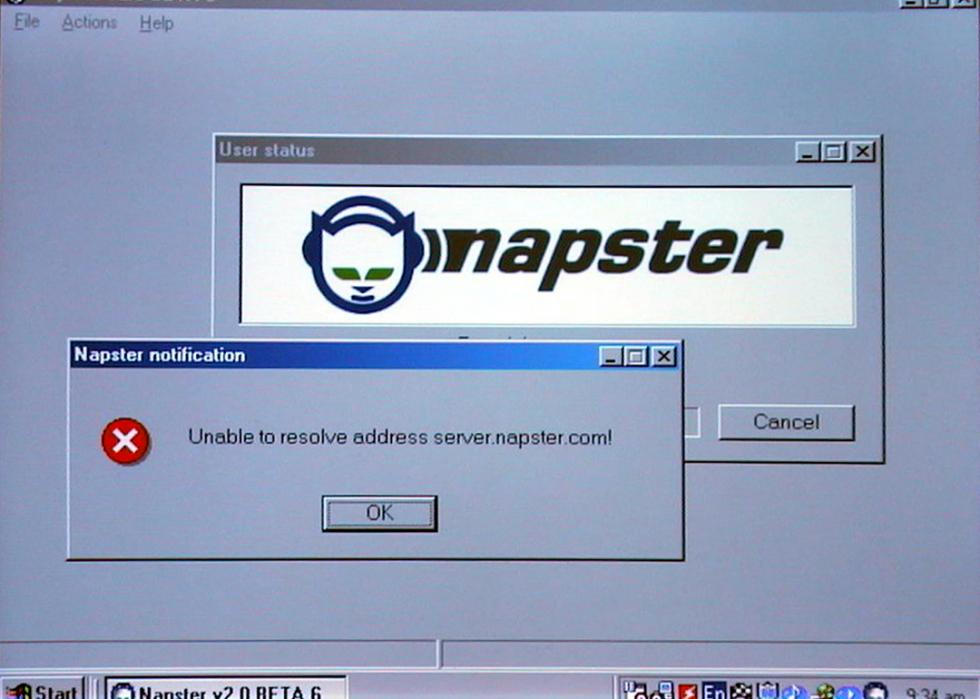
31 / fifty
Northfoto // Shutterstock
Napster launches the file-sharing revolution
In 1999, the peer-to-peer (p2p) file-sharing revolution began in earnest with the arrival of Napster. The controversial service let internet users download, upload, and share music without buying it. Although it was shut down just one year subsequently in 2000, Napster sent the tape industry into a panic and forever changed the mode music was shared and delivered while giving birth to the concept of online music piracy.
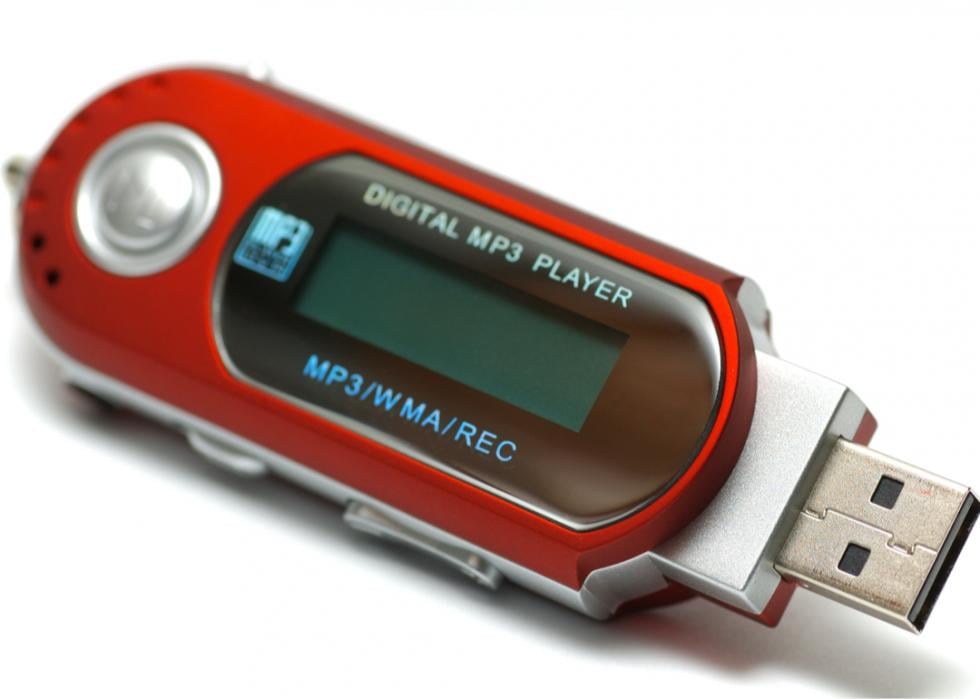
32 / 50
Andrea Leone // Shutterstock
MP3 format makes music intangible
Experimentation with what would become the MP3 digital audio format start began in the late 1980s. Information technology wasn't until 1999, however, that the recording company Sub Pop commencement began distributing music in the MP3 format, a follow-upward to the MPEG formats that had emerged in the 1990s. Music could now be distributed and consumed without the listener treatment a tangible object like a cassette tape or a compact disc.
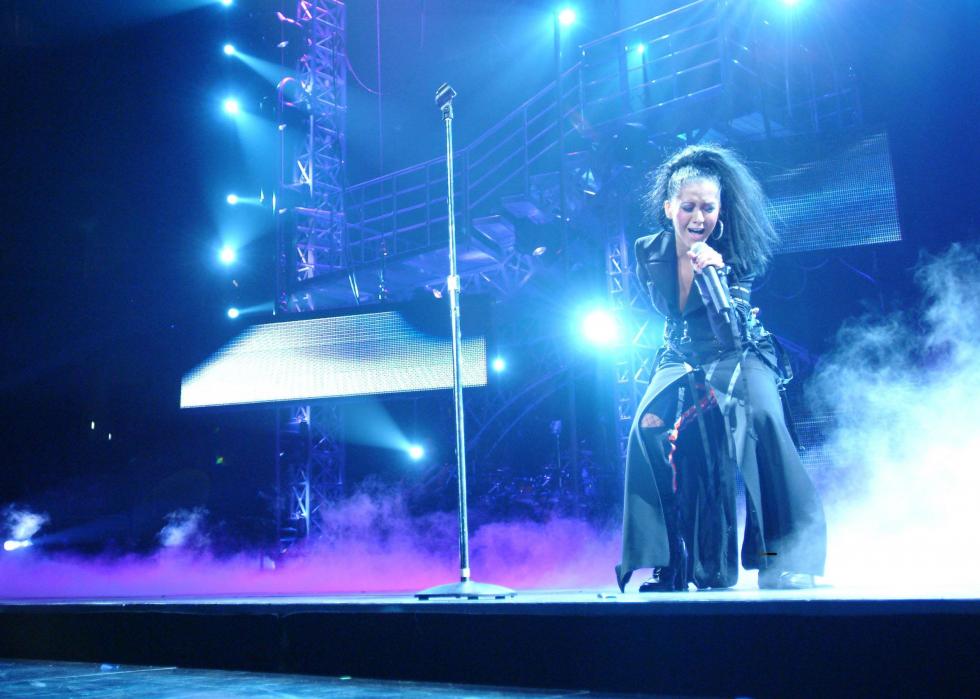
33 / fifty
Robert Mora // Getty Images
Pop grows up
The 2000s saw teen popular acts from the 1990s emerge as powerhouse mainstream players. Justin Timberlake from *NSYNC launched an impressive solo career, while Christina Aguilera experimented with new genres and sounds.
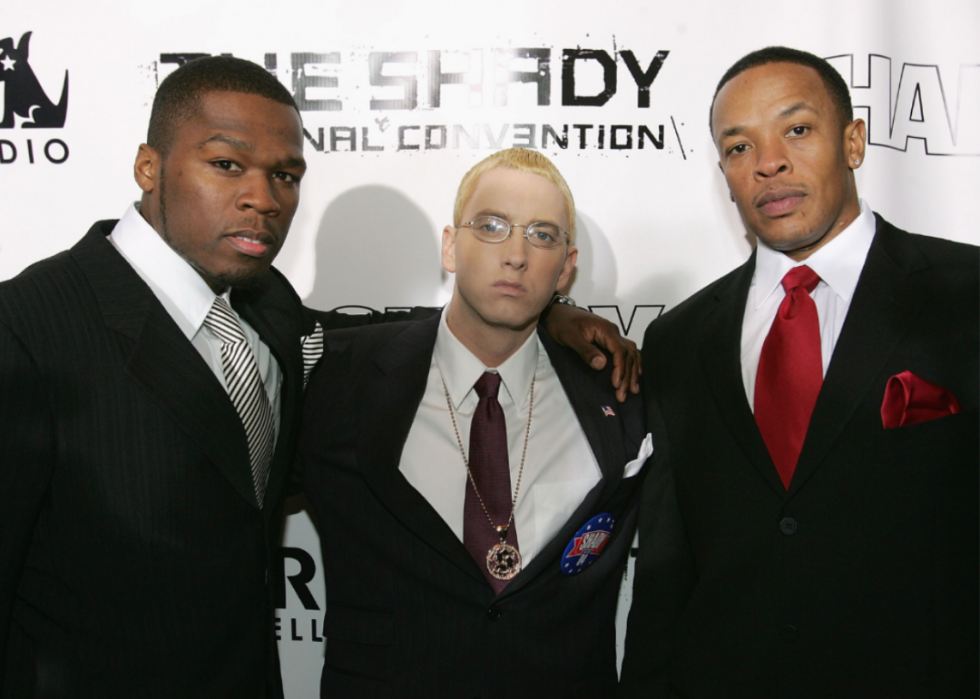
34 / 50
Frank Micelotta // Getty Images
Rappers graduate from artists to producers
Dr. Dre was a founding fellow member of Due north.Due west.A. in the 1980s and the man embodiment of West Declension gangsta rap in the 1990s. Afterward in the decade, he reinvented himself as one of the about successful producers in the industry when he gave Eminem his big pause. Eminem was the biggest name in rap throughout the late '90s and early 2000s, only then, once once again, the apprentice became the master. Only as Dr. Dre had done, Eminem moved to the producer'south chair, formed Shady Records, and signed 50 Cent.
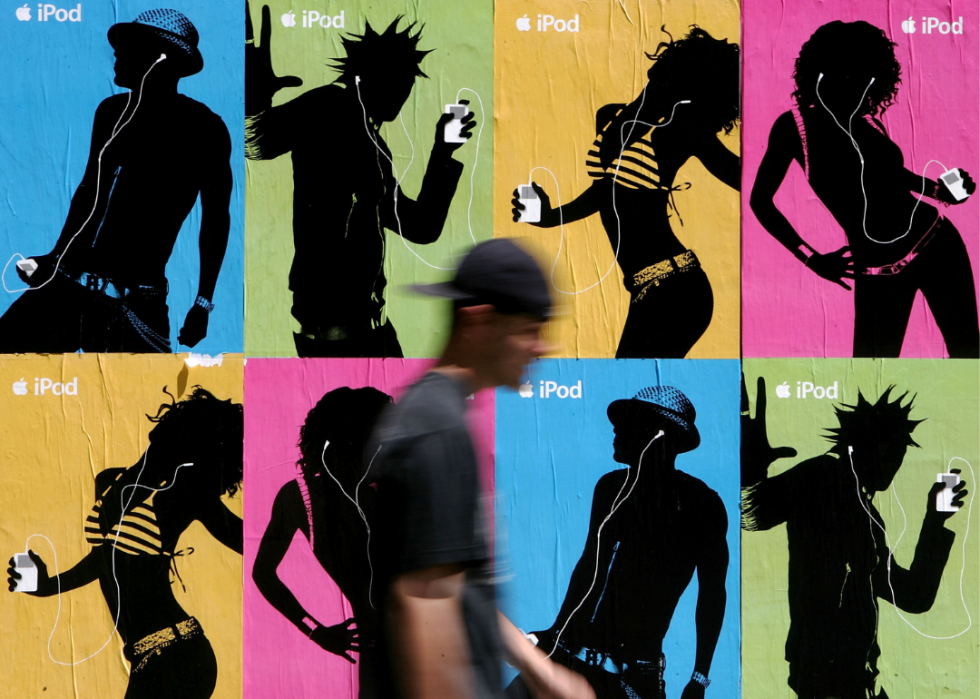
35 / 50
Justin Sullivan // Getty Images
MP3 players become the must-accept music gadget
By the end of the 1990s, music lovers had libraries containing hundreds and fifty-fifty thousands of MP3 tracks, just those songs were shackled to their computers. Then in 1998, Eiger Labs released the world's first MP3 player. The MPMan F10 was a big, clunky, Walkman-like box that offered simply 32 MB of storage. Improvements were fabricated with new arrivals from companies like Intel and Iomega, but the game-changing transformation came in 2001 when Apple introduced the iPod. It would go onto get the audiophile gadget that defined the decade and attain sales that likely surpassed 400 1000000, enough to rival the venerable Walkman it rendered obsolete.
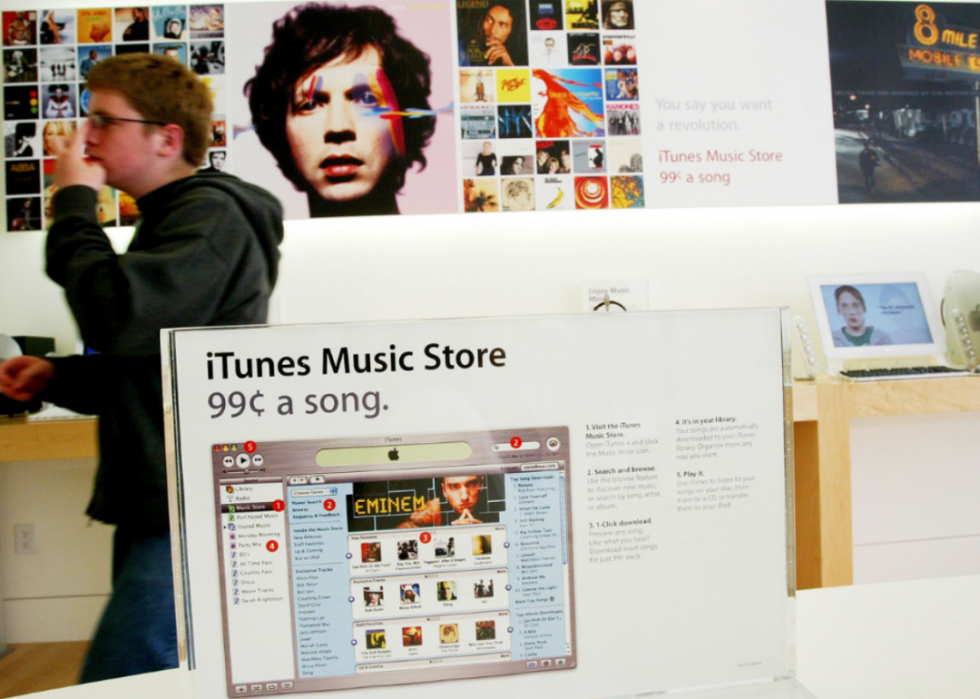
36 / 50
Justin Sullivan // Getty Images
iTunes changes the game
In 2001, the aforementioned twelvemonth Apple redefined music hardware with the introduction of the first generation iPod, information technology also unveiled the software that would go the most important music platform in history: iTunes. The ii technologies combined to make tech hip—it was hard to go a 24-hour interval without seeing someone wearing the trademark white earbuds—and redefined the style music was bought, sold, and shared. The iTunes store debuted in 2003 and sold 1 million songs in its outset calendar week.
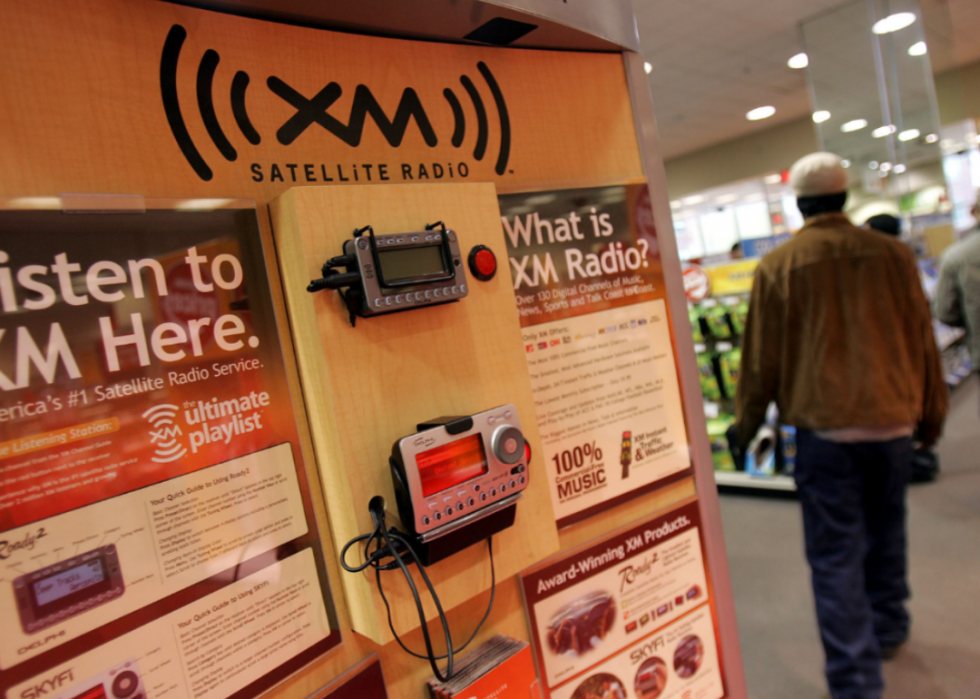
37 / 50
Chris Hondros // Getty Images
Satellite radio beams music from the cosmos
In 1992, Sirius and XM—whose companies would eventually merge—began acquiring Federal Communications Commission licenses to facilitate orbiting satellites to circulate radio signals. A little less than a decade afterward in 2001, XM became the first company to evangelize a national satellite radio broadcast. Music was now existence beamed to people's homes, cars, and offices from outer space.
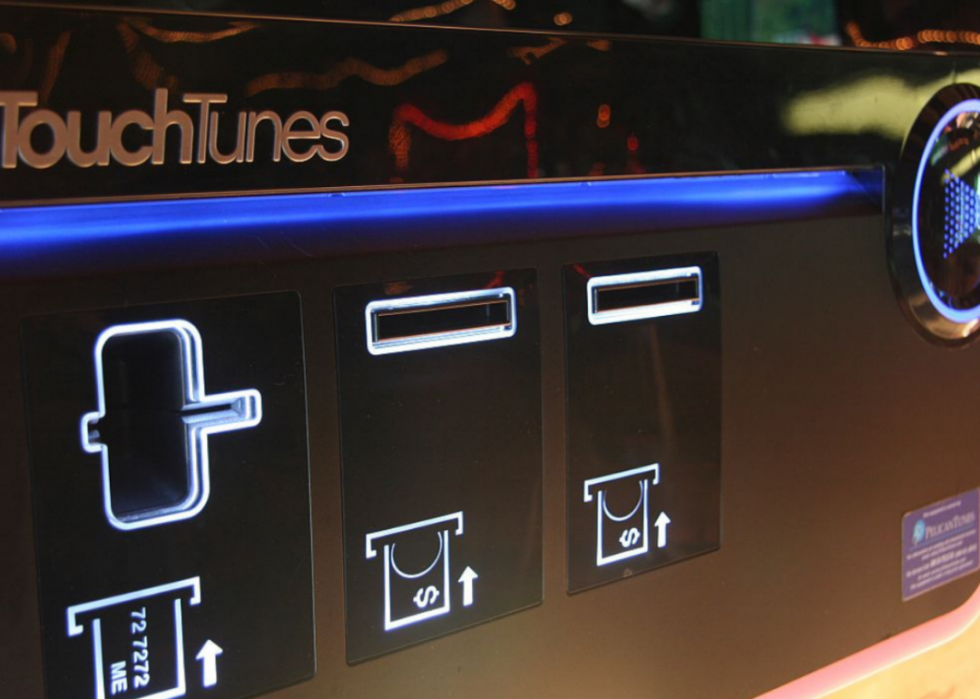
38 / 50
Intel Gratuitous Printing // Wikimedia Eatables
Digital jukeboxes offering endless tunes
For generations, the jukebox was the heart of the party. Whether at a bar or a bowling alley, a diner or a skating rink, jukebox music filled the air on a pay-per-play basis. Just users' choices had ever been confined to the records or other media physically contained within the machine. The rising of MP3s, notwithstanding, gave jukeboxes bottomless music libraries that could play essentially whatsoever vocal anyone wanted to hear.
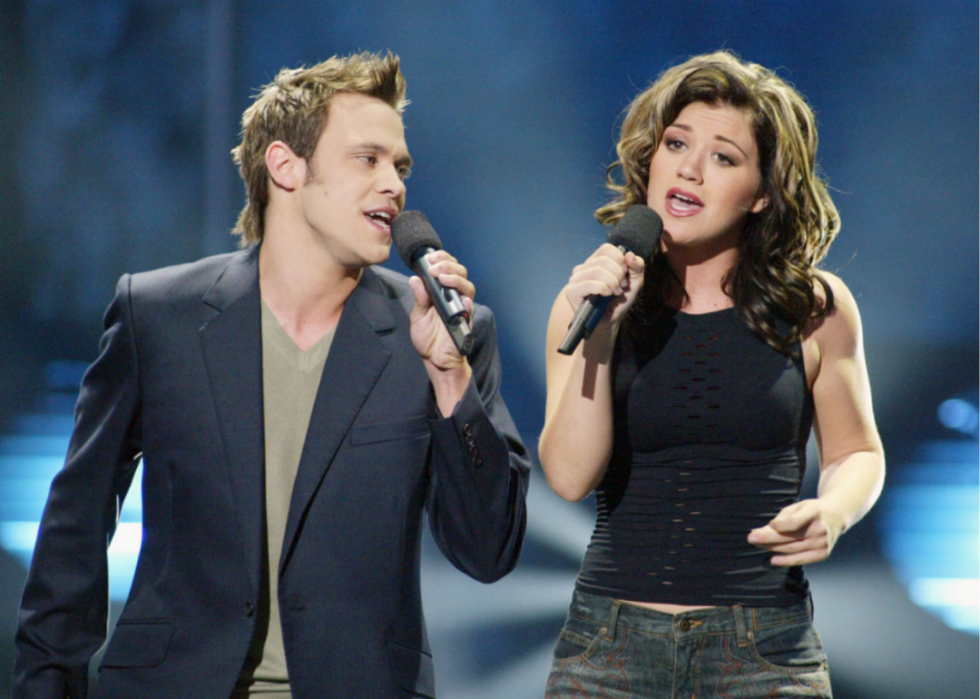
39 / l
Kevin Winter // Getty Images
American Idol' becomes a star maker
Goggle box contest shows were nil new in 2002, merely that year, "American Idol" debuted in the U.s.a. and changed the nature and ascendancy of televised talent competitions forever. The show would launch some of the biggest acts of the 2000s, including Carrie Underwood, Clay Aiken, Jennifer Hudson, Chris Daughtry, Adam Lambert, and the original American Idol, Kelly Clarkson.
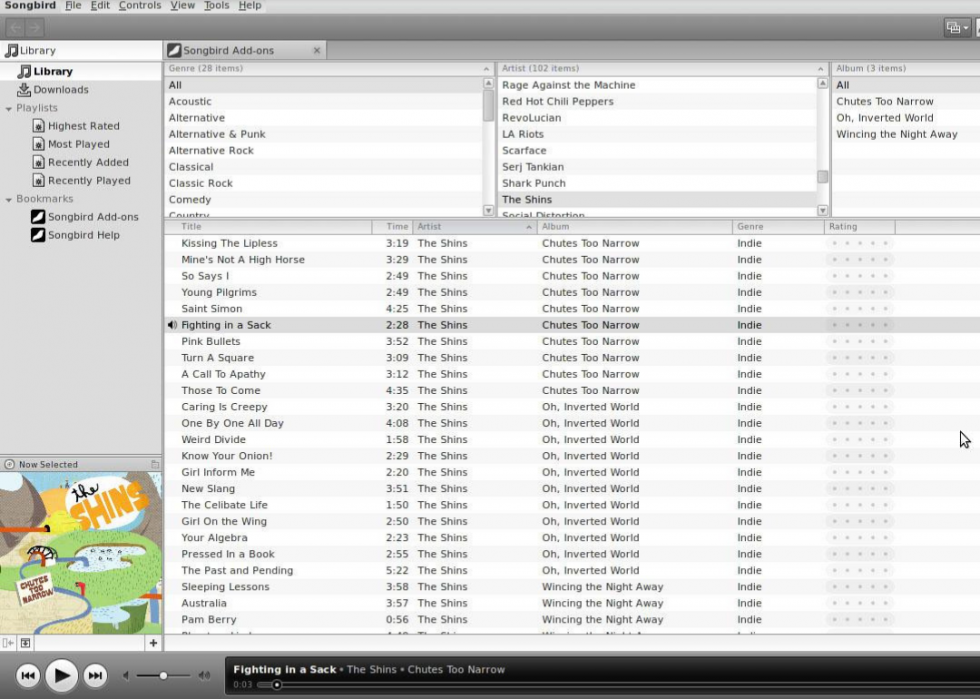
xl / 50
Songbird Default v1.2 // Wikimedia Commons
Goodbye mixtape, howdy playlist
The cassette tape gave the masses the ability to record personalized music collections and accept them anywhere. The inflow of digital music and MP3 players, however, allowed music lovers to compile massive music libraries and sort them by genre, season, sound, feeling, romantic partner, or any other category they liked—all without lugging around bricks of plastic, such as cassette tapes or CDs. The playlist was born.
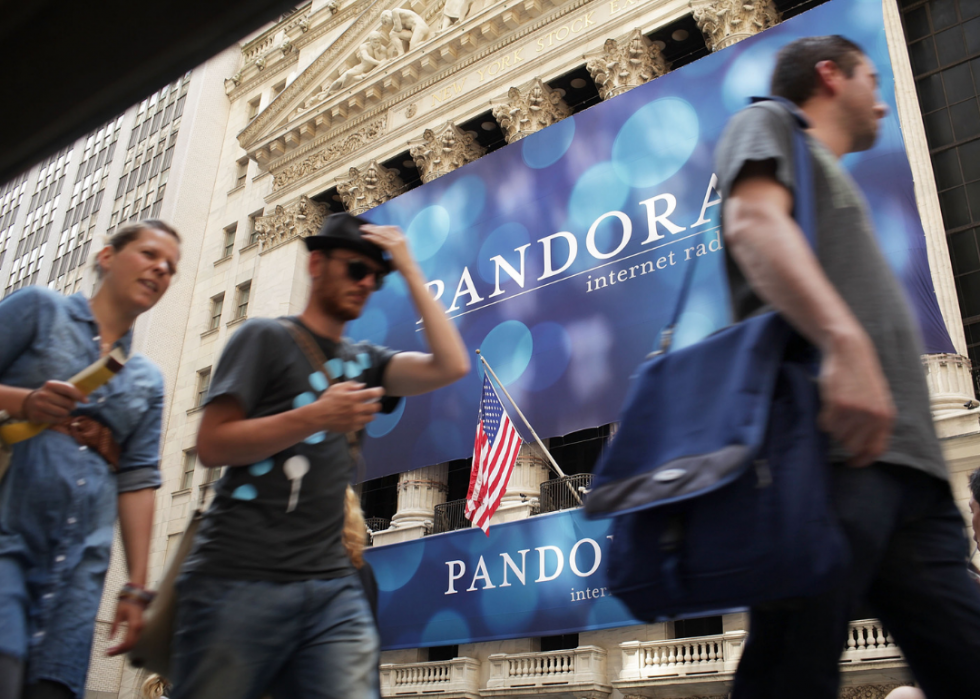
41 / l
Spencer Platt // Getty Images
Subscription services personalize the radio
In the wake of Napster, subscription services began popping up as a bridge between peer-to-peer piracy and old-fashioned anthology purchasing. Pandora launched in 2005 and was credited with developing the so-chosen "freemium" model, which offered algorithm-based stations and playlists with ads for complimentary, or without ads for a price. SoundCloud launched in 2007 and Spotify joined the party in 2008.
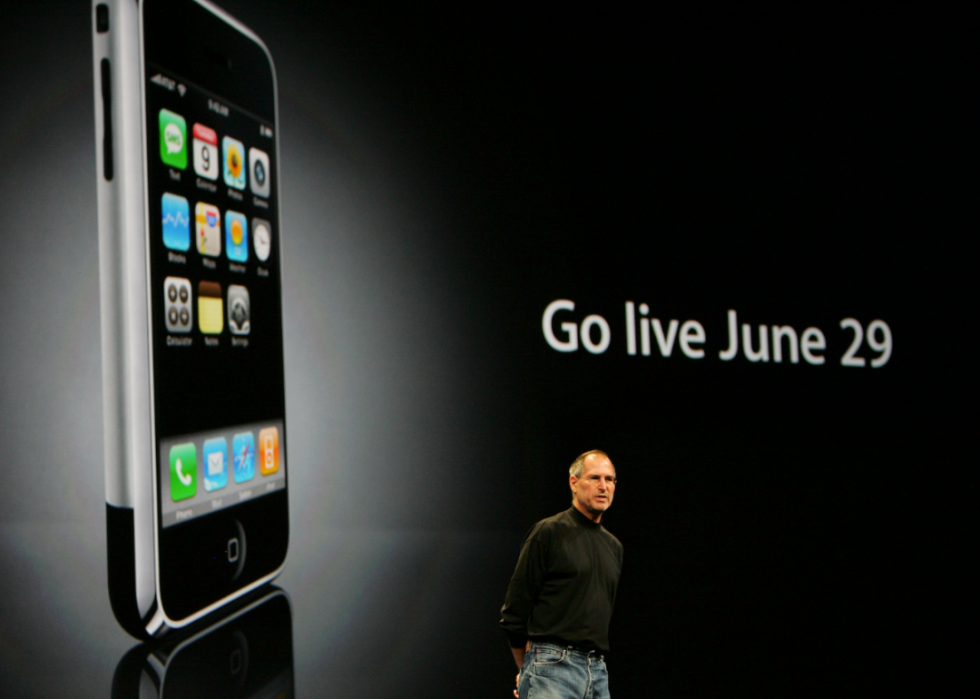
42 / 50
ROBYN Brook/AFP // Getty Images
Smartphones unify standalone devices
In 2007, Apple, once more, unveiled an astonishing new technology that would change music and the world. The iPhone was less a phone and more than a pocket computer that could make calls. Although iPods would still sell well into the 2010s, the modern smartphone unified standalone devices similar cameras, calculators, and MP3 players into a single, pocket-size super motorcar.
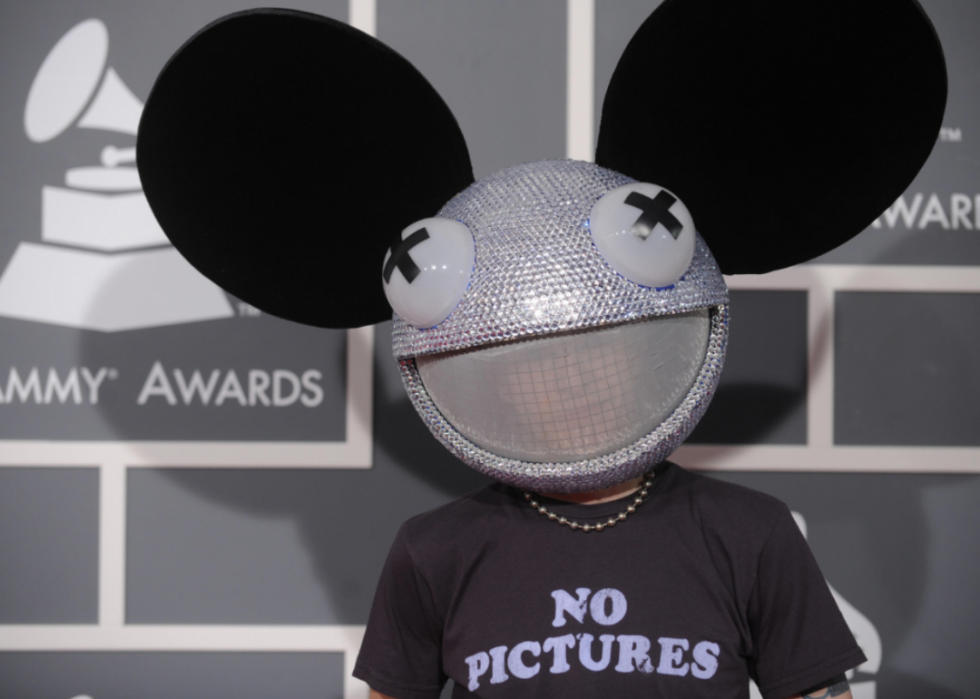
43 / 50
GABRIEL BOUYS/AFP // Getty Images
The rising of the stone star DJ
Disc jockeys had long held downwardly the fort at radio stations and block parties, but the 21st century witnessed the DJ motion from back-bench supporting deed—Jazzy Jeff to the Fresh Prince, Ali Muhammad to A Tribe Called Quest, and that fourth Beastie Male child—to centre stage superstar. Artists similar Deadmau5, Skrillex, and DJ David Guetta gobbled upwards Grammys, sold out concert venues, and raked in millions—all without whatsoever help from a frontman.
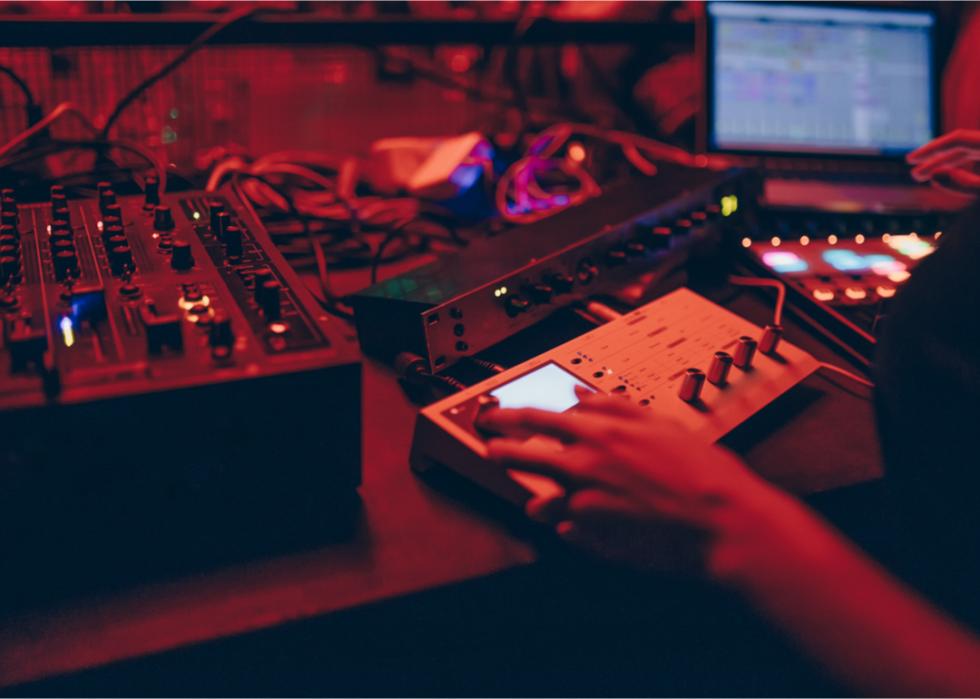
44 / fifty
Jean Andrian // Shutterstock
Dubstep pumps up the volume
Wobbly baselines, unexpected and often-jarring audio patterns, and grinding book are the hallmarks of dubstep. A new kind of electronic trip the light fantastic music (EDM) that emerged in Smashing United kingdom at the plough of the 21st century, dubstep was an extension of techno that became a mainstay in trip the light fantastic toe clubs across the United States by the 2010s.
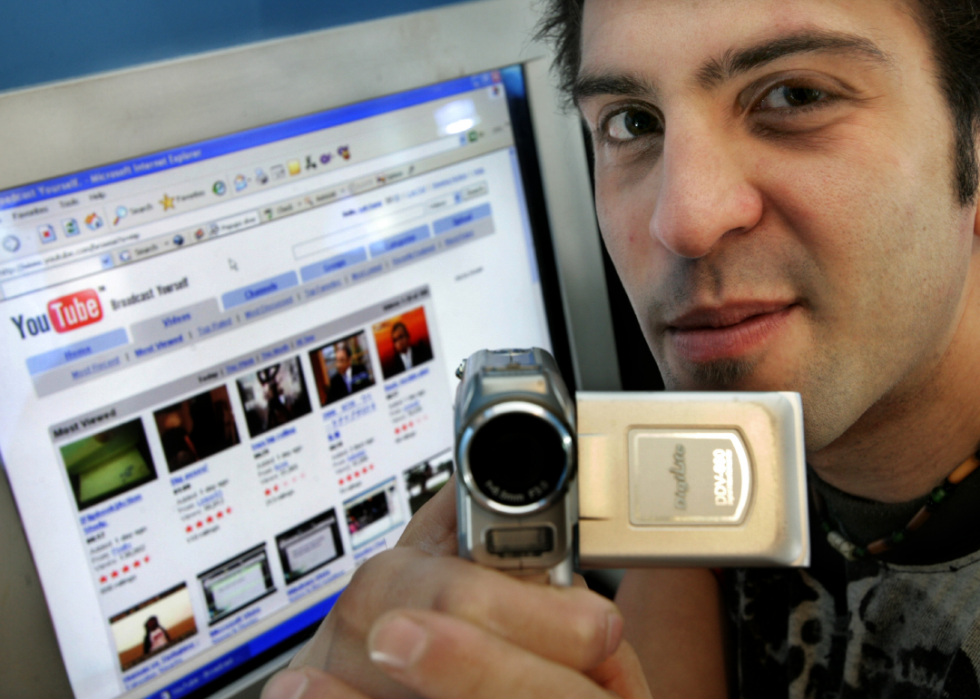
45 / fifty
Fairfax Media via Getty Images
YouTubers become superstars
Simply as indie labels did two generations earlier, YouTube gave aspiring musicians a way to circumvent major tape labels and maintain artistic control over their work—only this time, the video-sharing app provided a directly channel between artist and audition. Artists like Justin Bieber used YouTube to parlay their talents into global superstardom.
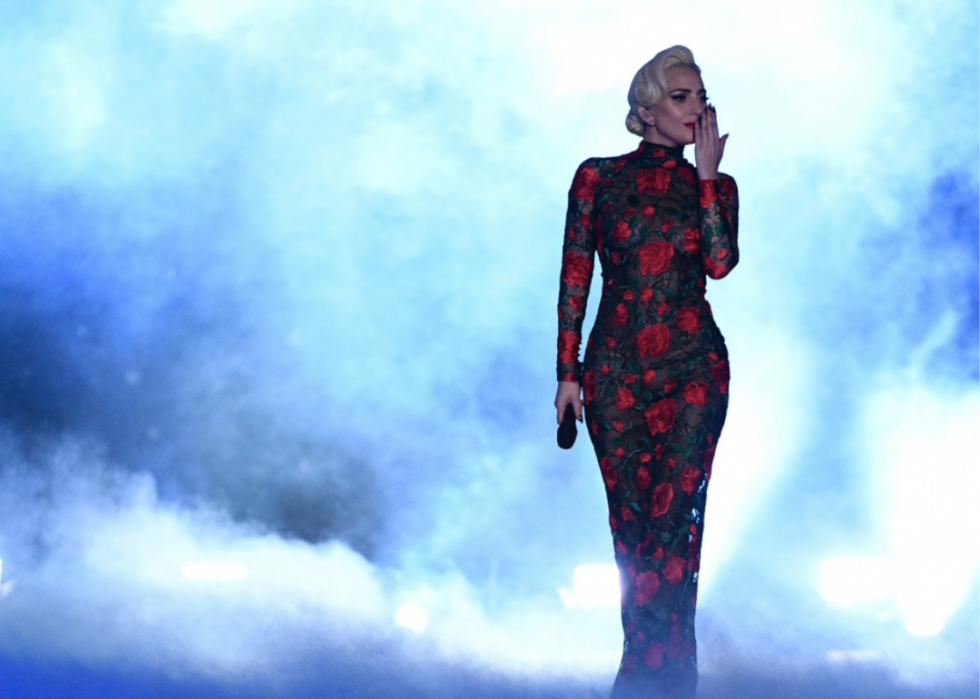
46 / 50
MARTIN Bureau/AFP // Getty Images
Women drive millennial music
A diverse ingather of talented and pioneering women added their voices to the music of the 21st century. Lady Gaga, Katy Perry, Rihanna, Adele, Miley Cyrus, Meghan Trainor, Cardi B, Nicki Minaj, Kesha, and Ariana Grande emerged every bit heavy hitters in the worlds of popular, hip-hop, and rock. Taylor Swift, Miranda Lambert, Kacey Musgraves, and Carrie Underwood made undeniable statements in country and crossover music.
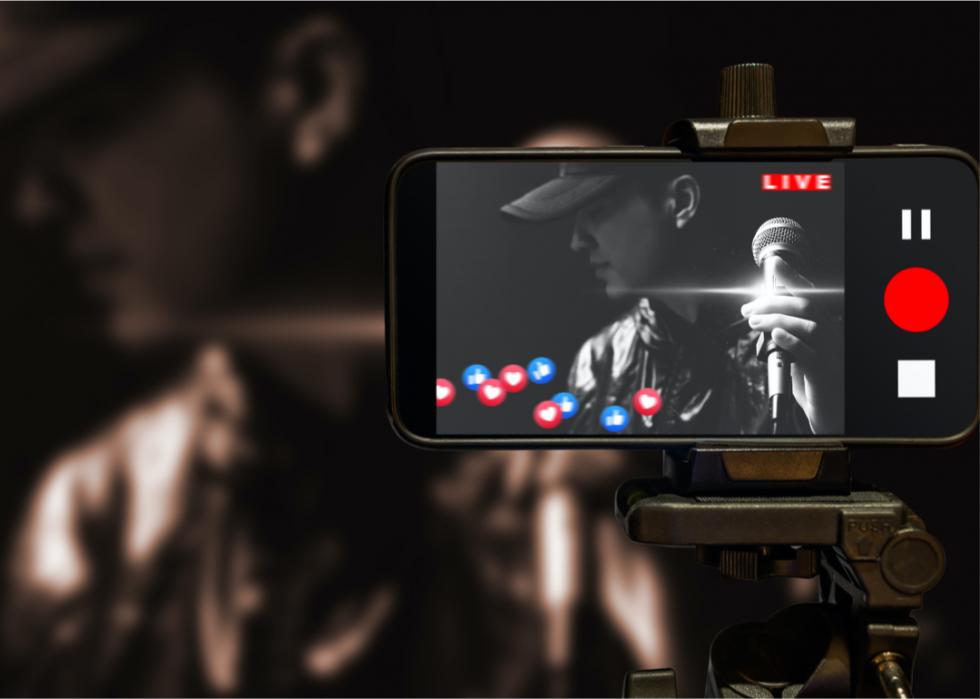
47 / 50
PrinceOfLove // Shutterstock
Artists take command of publicity and promotion
For generations, musicians had stapled posters to telephone poles, handed out fliers, sold tapes out of the trunks of their cars, or, if they had the means, hired publicists to promote their brands. The new millennium, however, gave musicians instant access to something their predecessors could only dream of—straight lines of communication with their audition and fans. Podcasts, YouTube channels, and social media networks like Instagram and Twitter have replaced the fan clubs of sometime. Today'due south artists utilise these platforms to broadcast their messages, announce album drops and concerts, share intimate photos, and engage in political discussions with little more than than a smartphone.
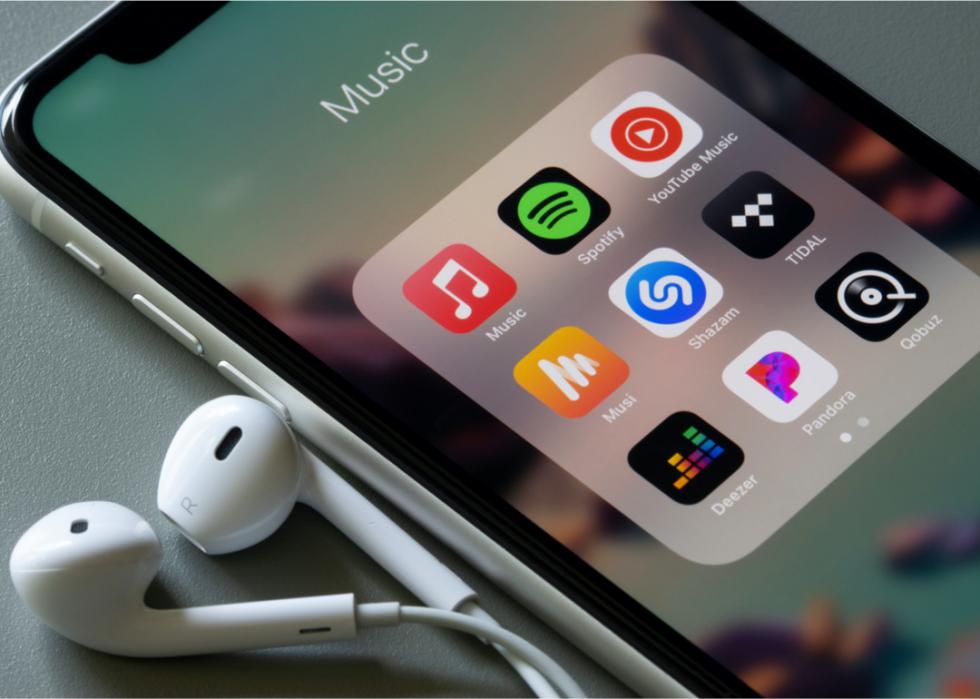
48 / fifty
Tada Images // Shutterstock
Digital music dominates
In 2014, the tide of alter became clear when, for the first time, digital music sales overtook sales of physical music. Physical sales, which consisted generally of CDs by that time, fell to $6.82 billion, while digital sales, which included services similar Spotify, climbed to $vi.85 billion.
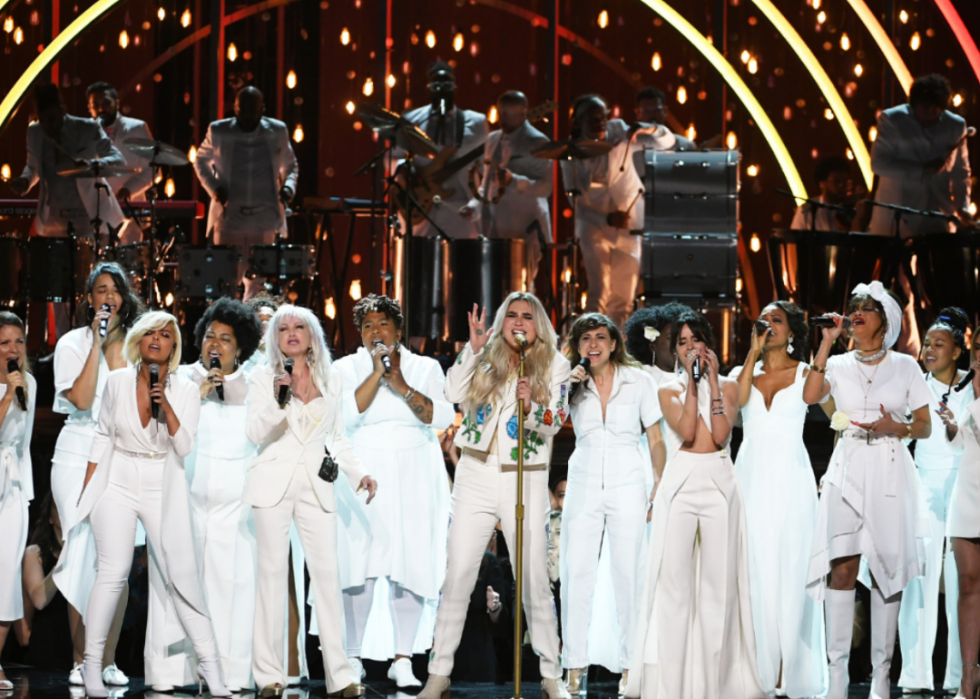
49 / fifty
Kevin Winter // Getty Images
Music has a #MeToo moment
The Fourth dimension's Upwards and #MeToo movements ferreted out deeply entrenched sexism and casual attitudes toward sexual harassment and even assault in the industries of film, news, television receiver, sports, one-act, and many other entertainment offshoots. At the 2018 Grammys, artists like Kesha, Camila Cabello, Cyndi Lauper, and Andra Day used the moment to call for a similar reckoning in the music industry.
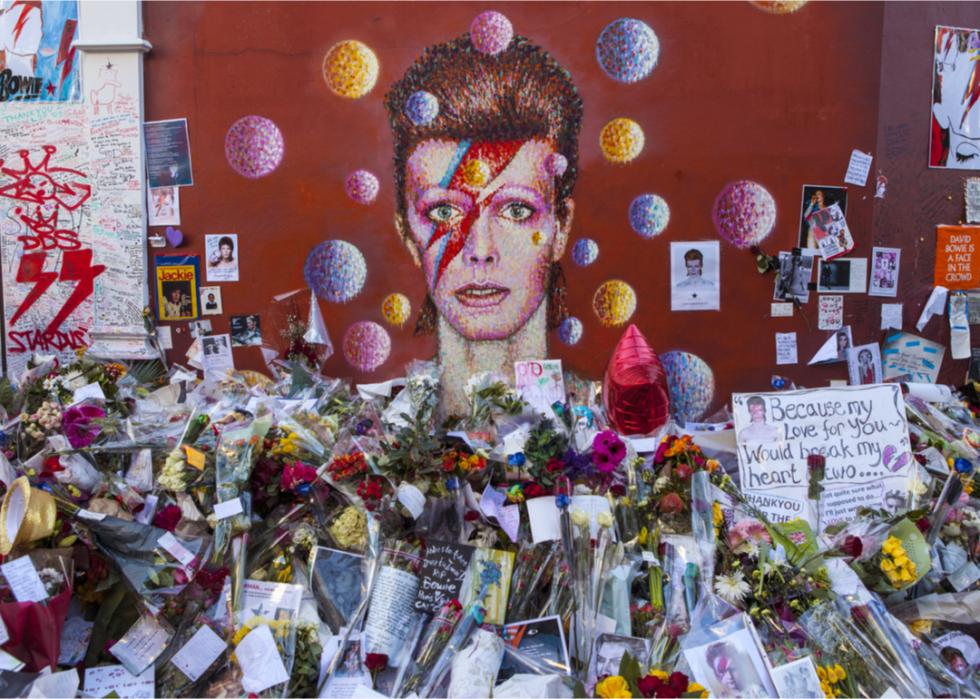
50 / fifty
chrisdorney // Shutterstock
Voices go silent
In the 2010s, new artists emerged just as they ever had in the past, simply also just as always, the world lost many of the pioneers and innovators whose work inspired and enabled their rise. Amid those who died in the second decade of the 21st century were Prince, Lou Reed, David Bowie, Nate Dogg, Teddy Pendergrass, Amy Winehouse, Heavy D, Whitney Houston, Dick Clark, Adam "MCA" Yauch, Joe Cocker, B.B. Rex, Chris Cornell, Tom Piddling, Fats Domino, XXXTentacion, Aretha Franklin, and Mac Miller. They're gone, but their musical legacies remain.
Trending Now
© Stacker 2022. All rights reserved.
Source: https://stacker.com/stories/2847/50-ways-music-has-changed-last-50-years
Posted by: carignangatellicited99.blogspot.com

0 Response to "How Has Technology Changed Music In The Last Decade"
Post a Comment